Bordeaux proudly wears the crown as France's wine capital, celebrated globally for its exceptional wines and deep-rooted winemaking traditions. Situated along the banks of the Garonne River, in Southwest Bordeaux, this historic city seamlessly blends old-world charm with modern sophistication. But Bordeaux offers more than just wine; it offers a world of architectural wonders and culinary delights, inviting travelers to indulge in a sensory adventure like no other.

The Wines of the Left and Right Bank
Bordeaux, often referred to as the "Wine Capital of the World," is more than just a city—it's a destination steeped in viticultural history and tradition. Bordeaux is best known for its diverse landscape of vineyards, each producing wines - red wines and white - that reflect the unique terroir of their appellations. Most famously, Bordeaux is split into two banks - each of which has a unique charm and distinct traits.
The Left Bank
On the Left Bank of the Gironde River, you'll find some of the world’s most renowned wine-producing areas, including the Médoc (producing predominantly red wines), Graves, and Pessac-Léognan. Here, the gravelly soils and maritime influence create the perfect conditions for Cabernet Sauvignon, resulting in bold, structured wines that age gracefully over time. The Médoc, home to renowned appellations such as Margaux, Pauillac, and Saint-Julien, is celebrated for its powerful yet elegant red wines, while Graves and Pessac-Léognan excel in producing both quality white and red wines.
The Right Bank
Crossing the river to the Right Bank, you'll find equally enchanting appellations of Saint-Émilion and Pomerol, where Merlot takes centre stage. Known for their lush, velvety textures and forward fruit notes, wines from these regions embody the art of blending, with Cabernet Franc and, in some cases, Cabernet Sauvignon adding complexity and structure to the final wines.
Beyond the classic appellations, Bordeaux is also home to lesser-known regions that are worth exploring. From the rolling hills of Entre-Deux-Mers to the sandy soils of the Côtes de Bordeaux, these hidden gems offer distinctive white and red wines that showcase the diversity of Bordeaux.
Bordeaux Wine Classification System
Bordeaux's wine classification system is one of the most renowned and historically significant in the world. While it is complex, it's a testament to the quality produced here.
The most famous classification is the 1855 Classification of the Médoc and Graves, which originated from the request of Emperor Napoleon III for a classification of Bordeaux wines to be showcased at the 1855 Exposition Universelle de Paris. This classification ranked wines from First Growth (Premier Cru) to Fifth Growth (Cinquième Cru) based on their reputation and market value at the time. The classification has remained largely unchanged, with only one amendment in 1973, which promoted Château Mouton Rothschild from Second Growth to First Growth status. Additionally, there are other classification systems in Bordeaux, such as the Classification of Saint-Émilion, which is updated every ten years and ranks wineries based on quality and terroir.
Terroir and Viticulture Practices
The growing conditions of the vines play a fundamental role in shaping the character and quality of Bordeaux wines. The region's unique combination of soil types, including gravel, limestone, and clay, along with its maritime climate moderated by the Atlantic Ocean and Gironde Estuary, creates diverse terroirs that are ideal for viticulture.
Bordeaux vineyards are typically planted with a blend of grape varieties, including Cabernet Sauvignon, Merlot, Cabernet Franc, Petit Verdot, and Malbec, each contributing distinct flavors and characteristics to the white and red wines. The key difference is that the left bank focuses on Cabernet, whereas the right focuses on Merlot. Both grape varieties of red wines.
Traditional viticulture practices, such as hand-harvesting, green harvesting, and canopy management, are prominent here to ensure optimal grape ripeness and flavor development. Sustainable viticulture methods, such as organic and biodynamic farming, are also increasingly being adopted by Bordeaux wineries to promote environmental stewardship and vineyard health.
Winemaking Techniques
Many experts believe Bordeaux is the wine capital of the world and as a result, there is much investment and innovation in the sector. Bordeaux's winemaking techniques combine centuries-old traditions with modern innovations to produce white and red wines of exceptional quality and complexity.
Whether grapes are harvested by hand or machine, they are very often sorted to remove any imperfect fruit. The grapes are gently crushed and transferred to fermentation tanks, where they undergo alcoholic fermentation. After fermentation, the wines are transferred to oak barrels for aging, where they further develop additional complexity. Blending is a key aspect of Bordeaux winemaking, allowing winemakers to create harmonious blends that balance fruit, acidity, and tannins. Since Bordeaux isn’t a particularly warm region, and the grapes don’t develop as much sugar, the blending often smooths out some of the wines' traits for a more balanced wine. The final white or red wines are bottled and often aged further before release to the market.
Introducing the 'New' Bordeaux Wine Grapes

To tackle climate change challenges, Bordeaux wine producers are embracing innovation by adopting six 'new' grape varieties approved by France's INAO in January 2021. These additions consist of four red varieties – Touriga Nacional, Marselan, Castets, and Arinarnoa – as well as two white grapes, Alvarinho and Liliorila. These chosen grapes show potential characteristics that aid Bordeaux winemakers in combating climate change impacts while upholding the region's distinctive identity.
By welcoming these 'new' Bordeaux wine grapes, the region shows it's dedicated to innovation and sustainability in light of climate change. These varieties provide practical answers to changing environmental conditions and enhance the diversity and resilience of Bordeaux wines, securing their global importance.
Famous Bordeaux Châteaux
Bordeaux is home to numerous iconic and historic châteaux, each with its own story and winemaking legacy. Château Lafite Rothschild, located in Pauillac on the Left Bank, is arguably one of the most famous and renowned for its elegant and age-worthy Cabernet Sauvignon-dominated red wines. Château Margaux, also located in the Médoc, produces some of the most sought-after and opulent wines in Bordeaux, known for their perfume-like aromatics and silky textures. Château Haut-Brion, situated in Pessac on the Left Bank, is the only First Growth estate located outside the Médoc and is celebrated for its rich and complex wines that age gracefully for decades. Other notable châteaux include Château Mouton Rothschild, Château Latour, and Château Cheval Blanc, each contributing to Bordeaux's reputation as a world-class wine-producing region.
Must-Try Bordeaux Wines

- 2018 Soutard Cadet Cuvee Victoire Saint Emilion Grand Cru - From one of the oldest and most prestigious Châteaux. Elegant, complex, fruity, structured, balanced.
- 2018 A Nos Amours Par Lafont Fourcat Bordeaux - A 96 Point Vintage wine worth cellaring.
- 2016 Chateau Montrose La Dame de Montrose St. Estephe - this has been reviewed as, "Well Worth Seeking Out" and received a 96 Point vintage score. It’s not a wine to miss!
Final Thoughts

Bordeaux rightfully holds its place as one of the most famed wine regions in the world. Its rich history, winemaking legacy, and dedication to perfection have cemented its reputation for producing wines that captivate connoisseurs and enthusiasts alike. As Bordeaux continues to evolve and adapt to modern challenges, its enduring commitment to quality ensures that its wines will remain celebrated and cherished for generations to come.
Big Hammer Wines
The wine experts at Big Hammer Wines taste thousands of wines every year from around the globe, looking for quality and value. This special offer reflects the passion we have for our clients.
Discover the world through its wines, Click Here!
Visit Bighammerwines.com and become a wine expert!



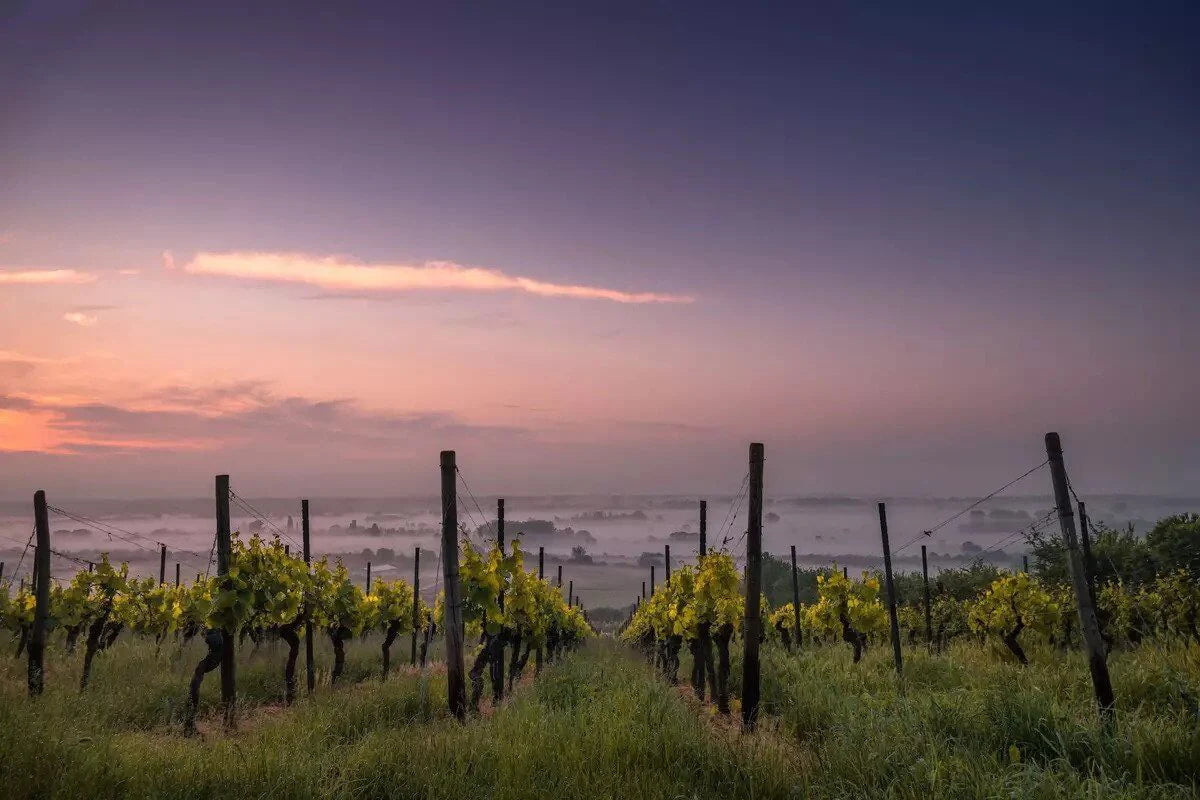


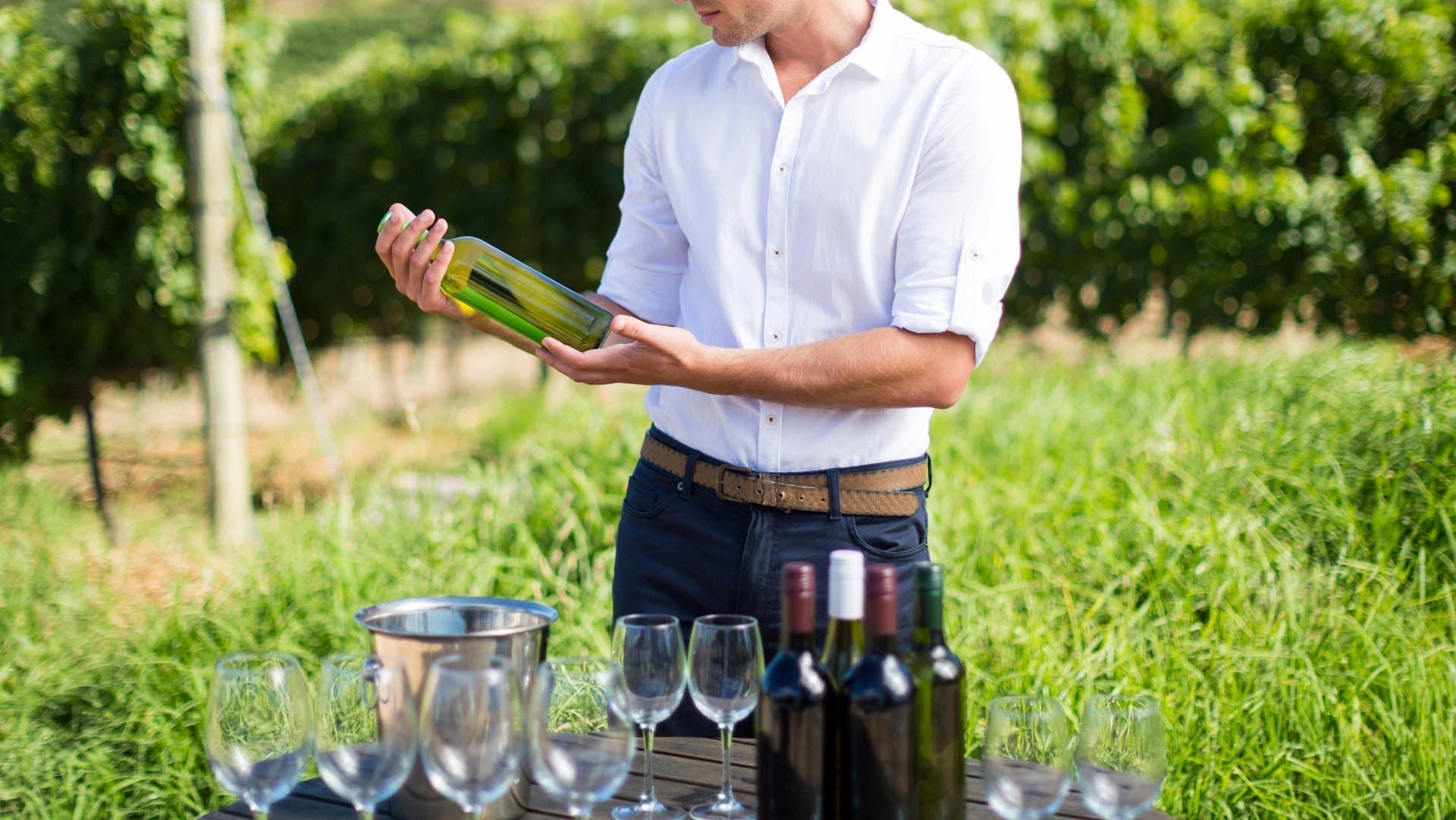
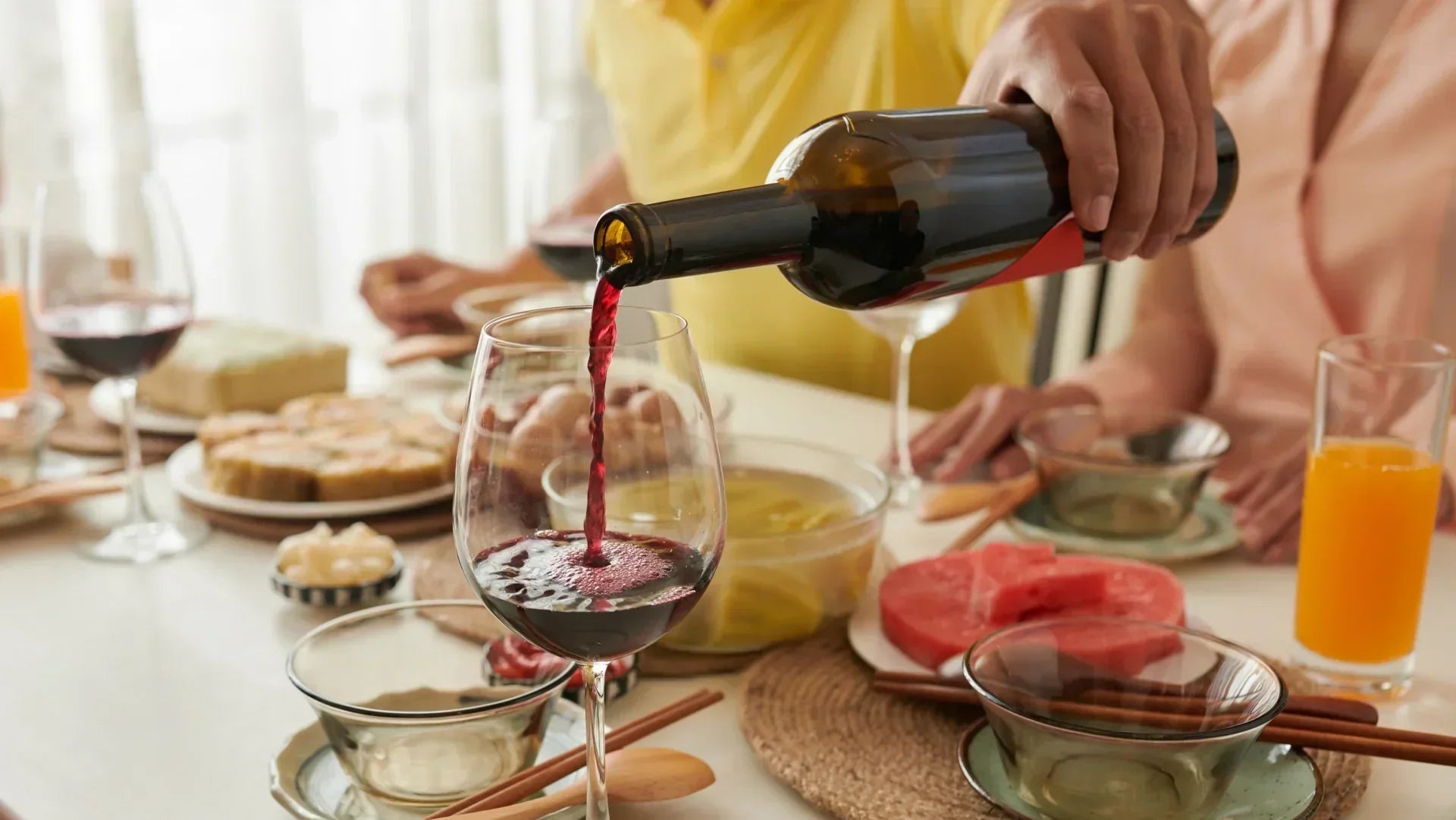



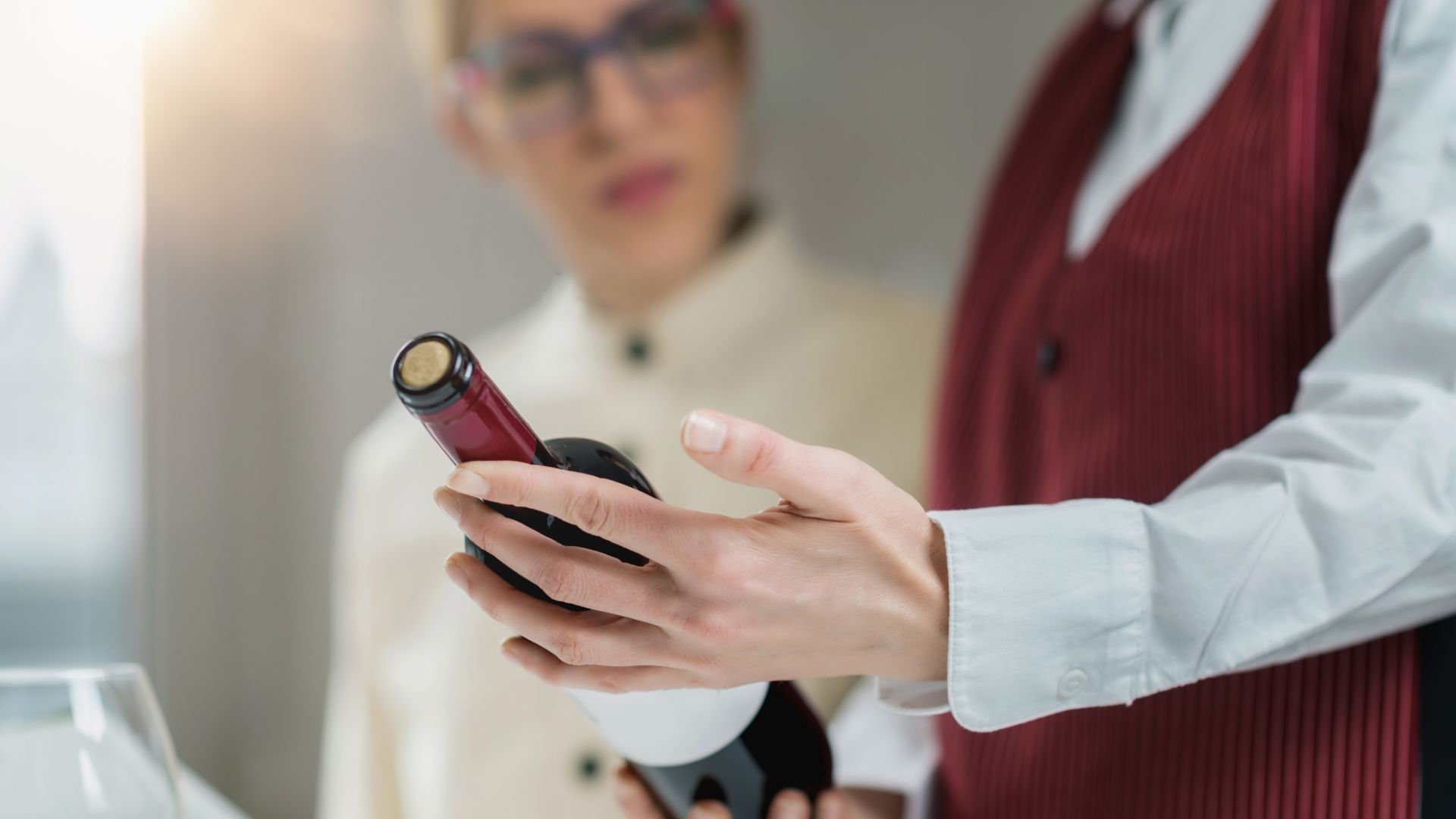
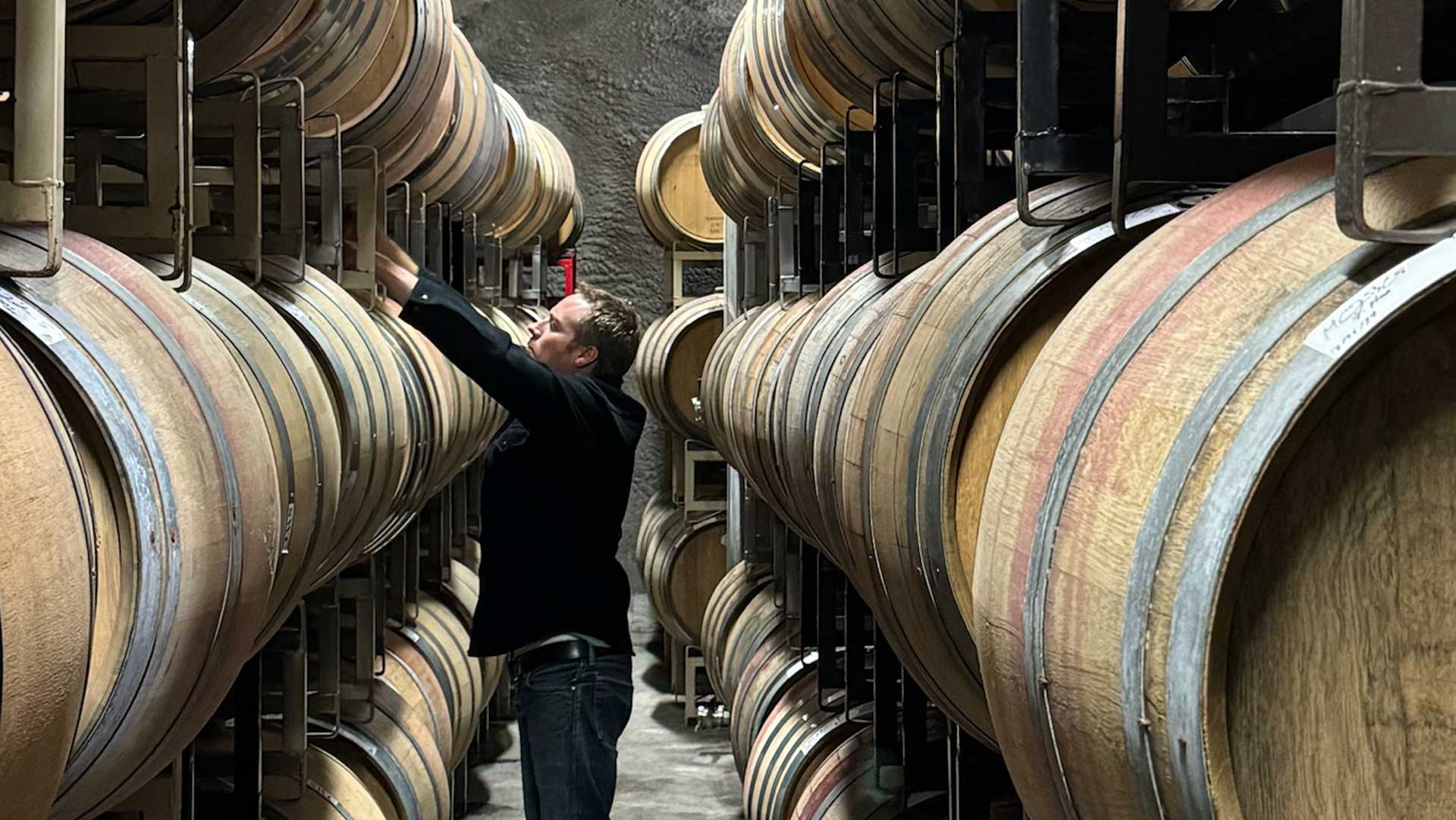
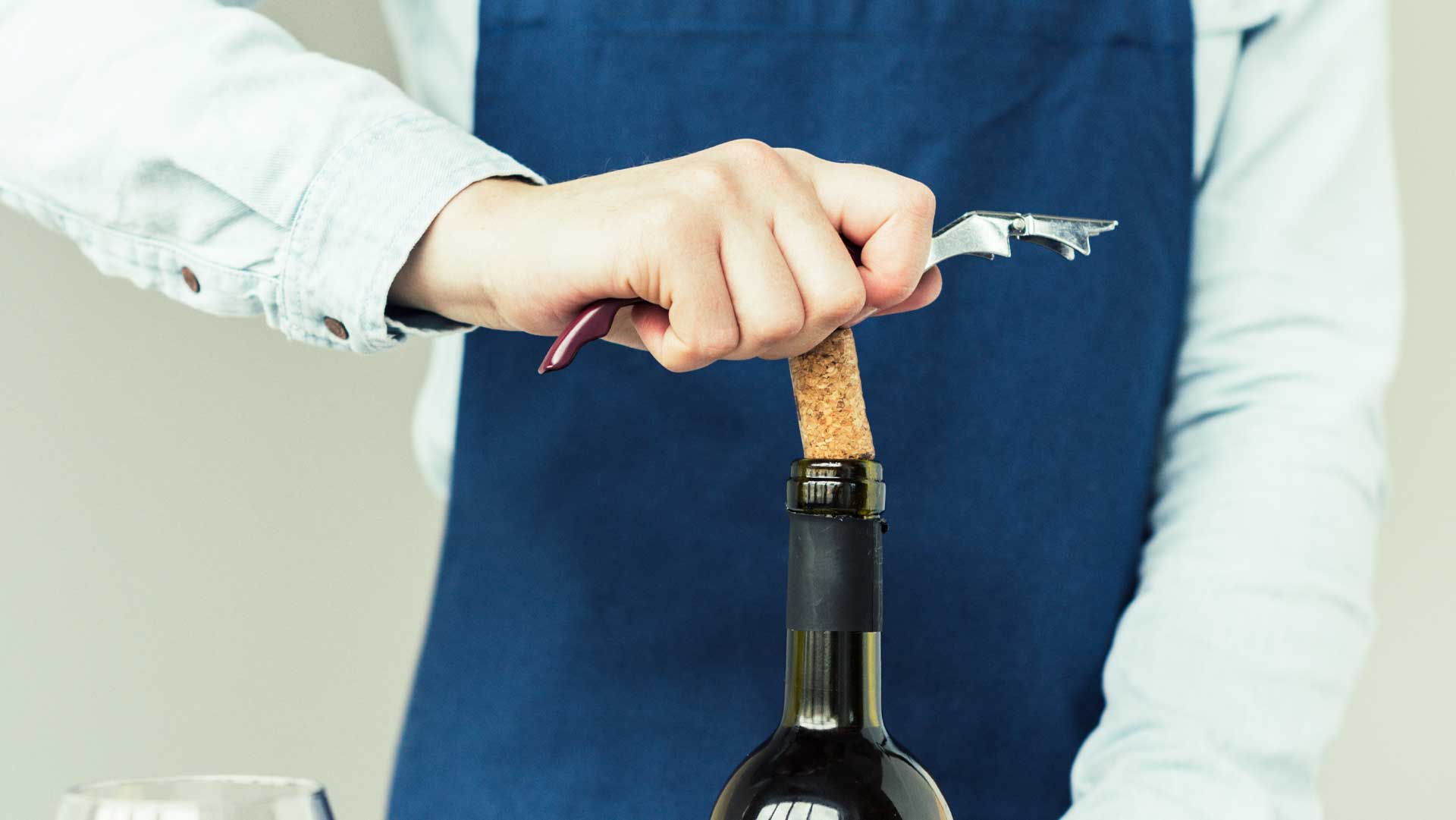



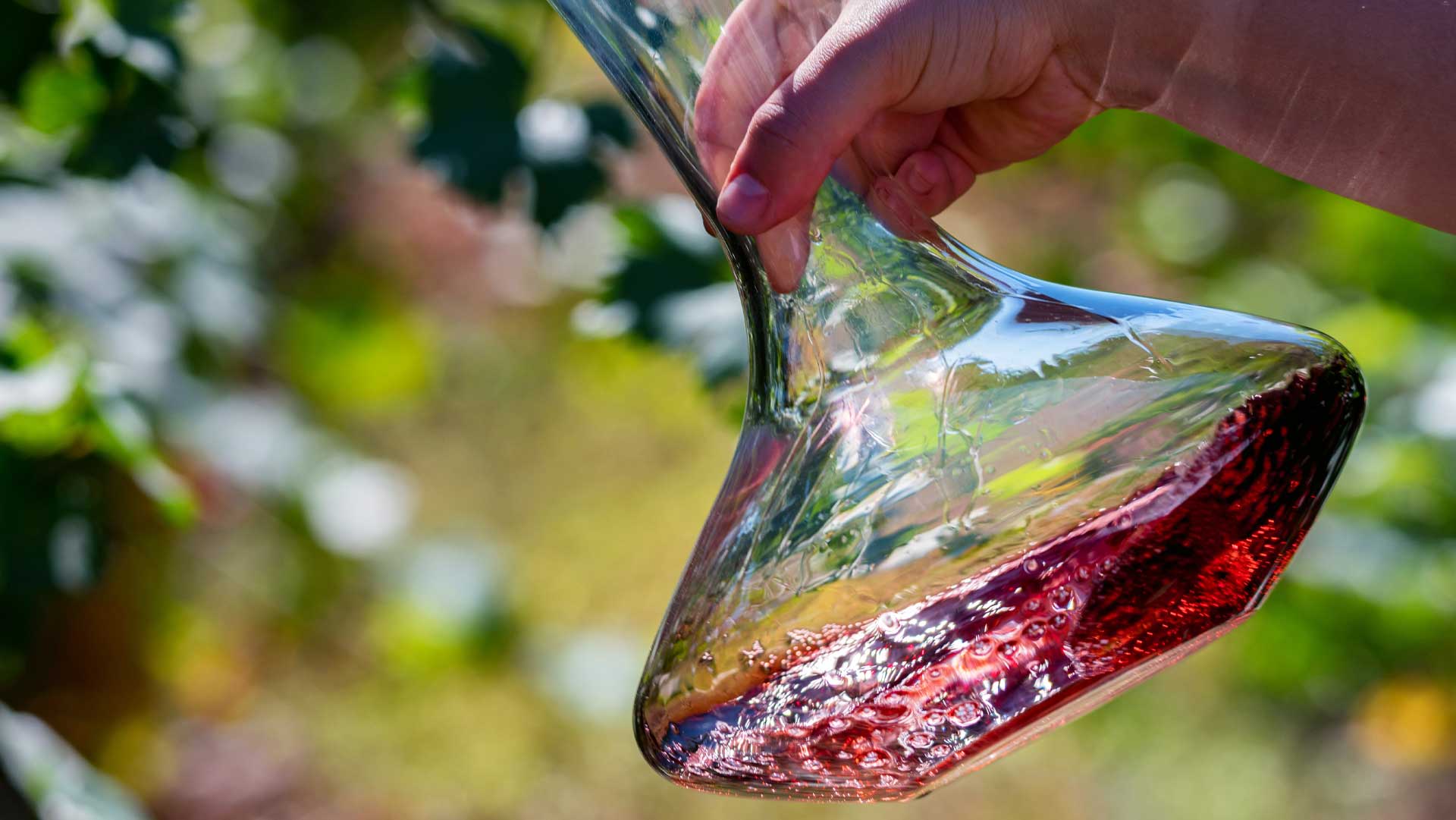





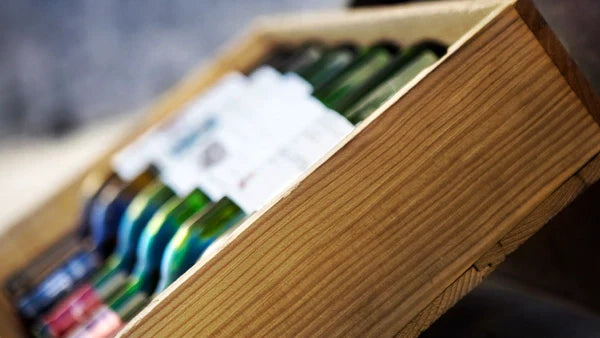
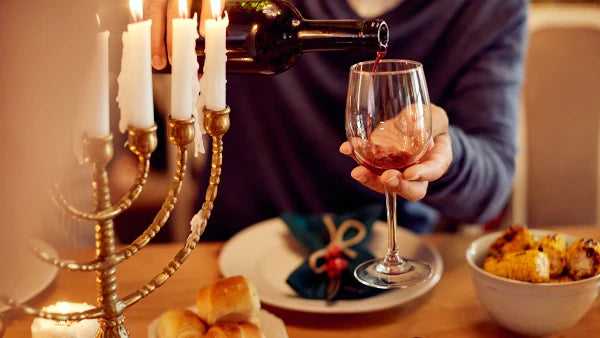
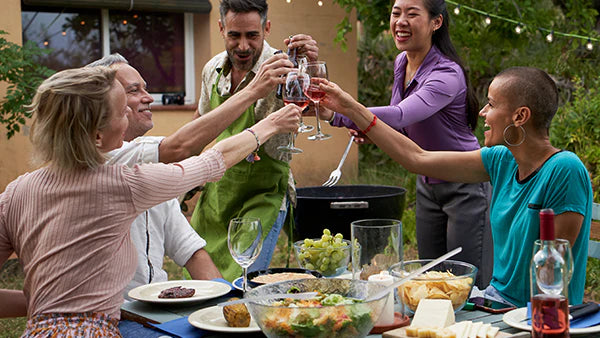

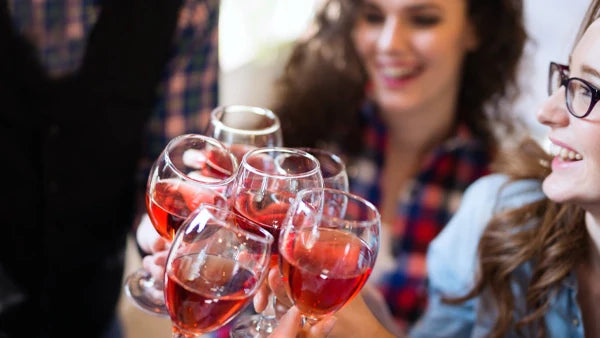

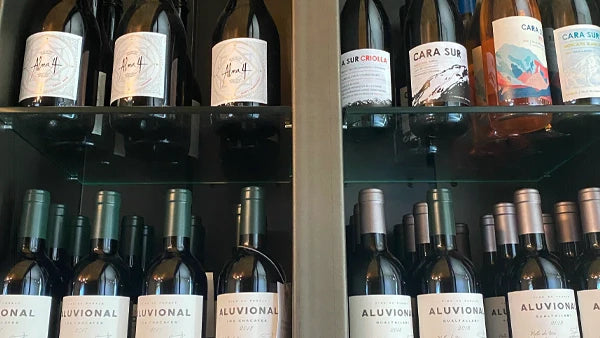



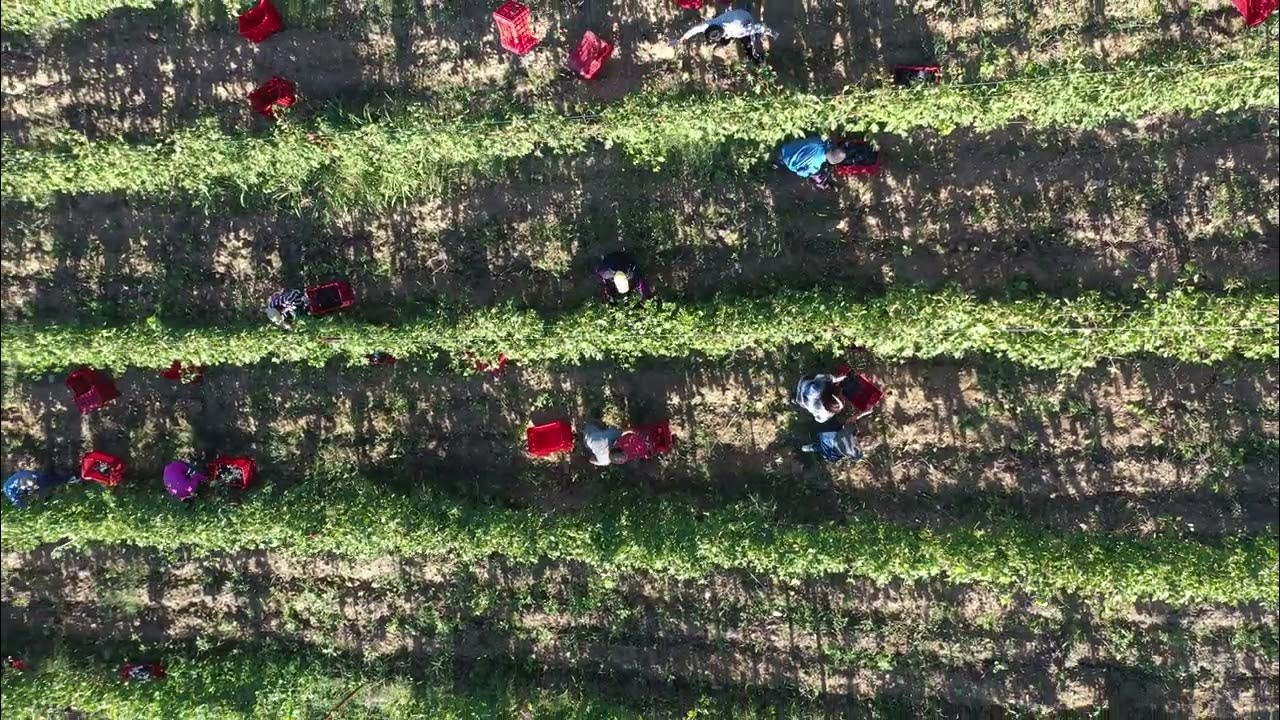

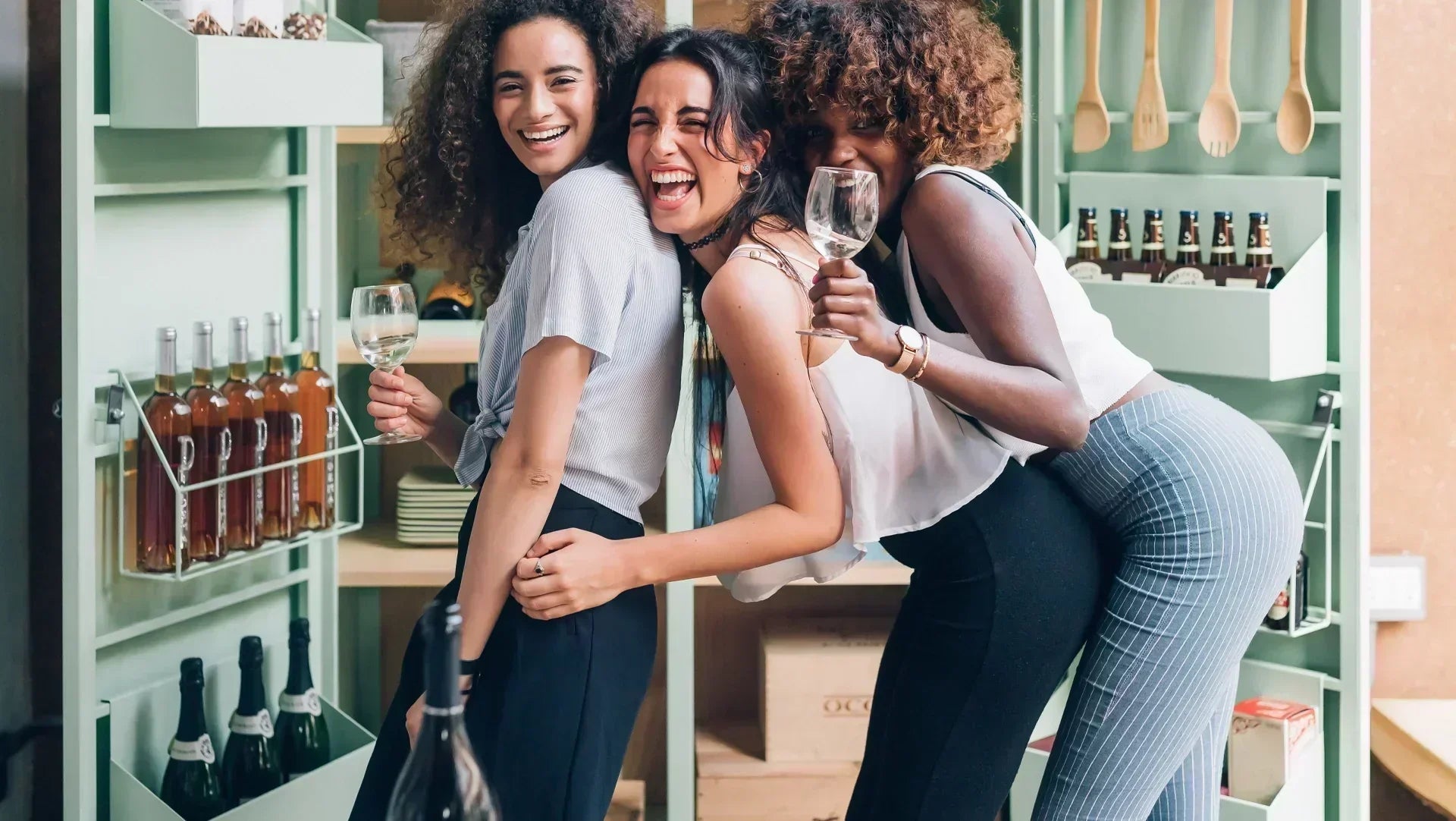

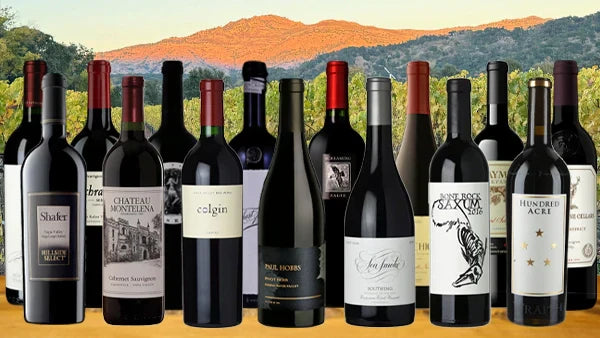
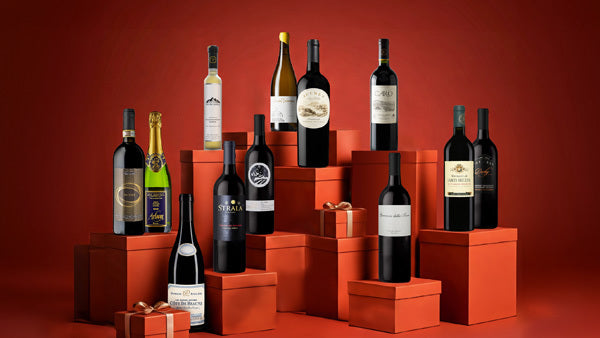






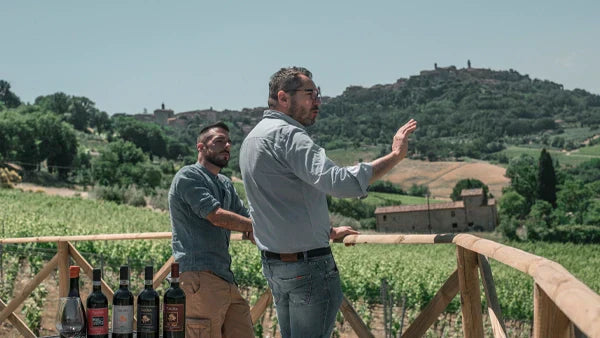

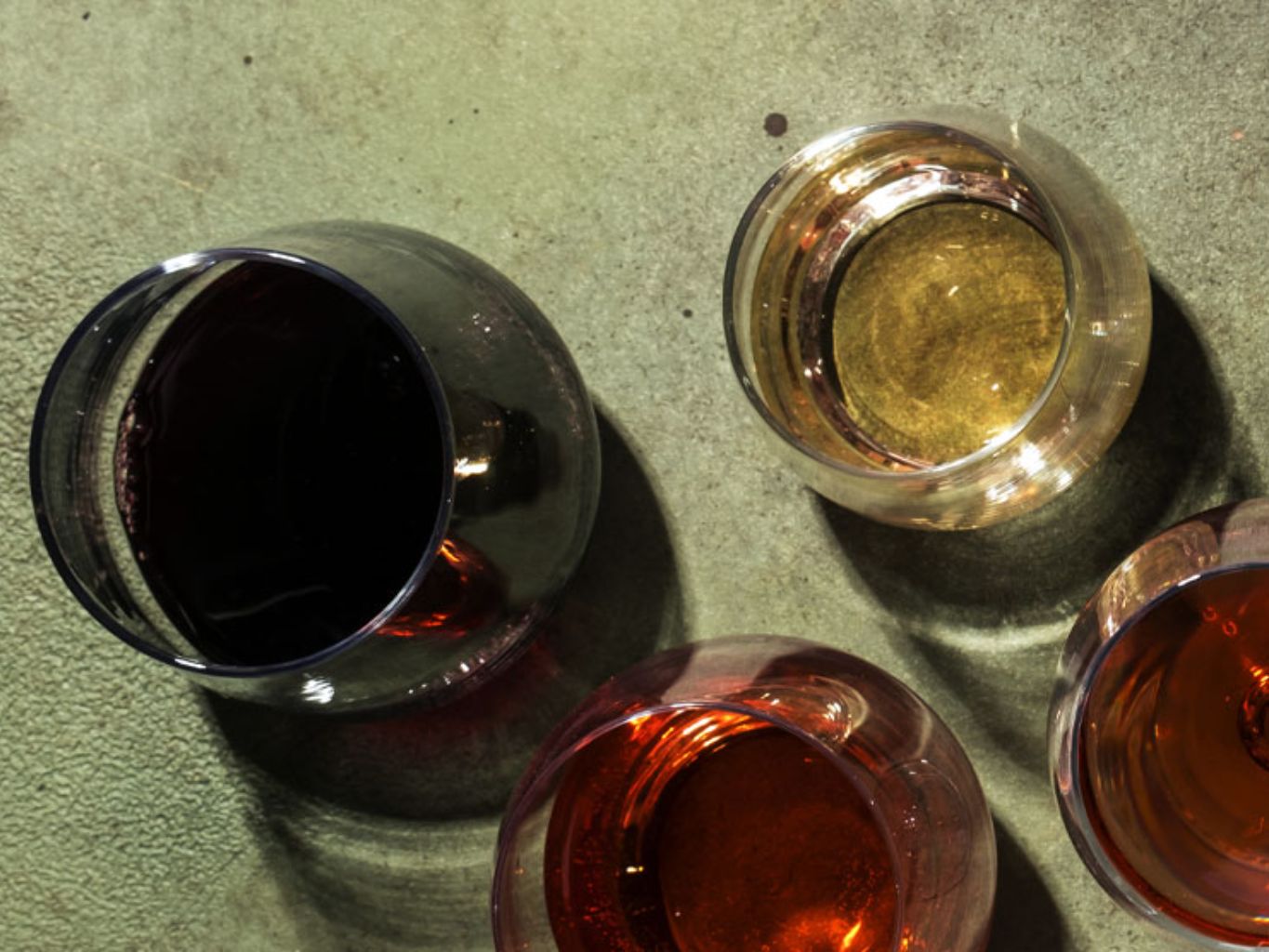


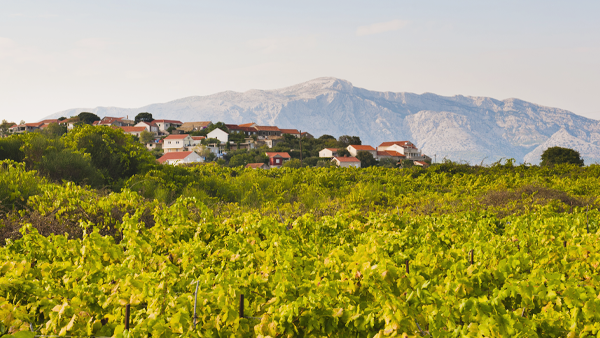
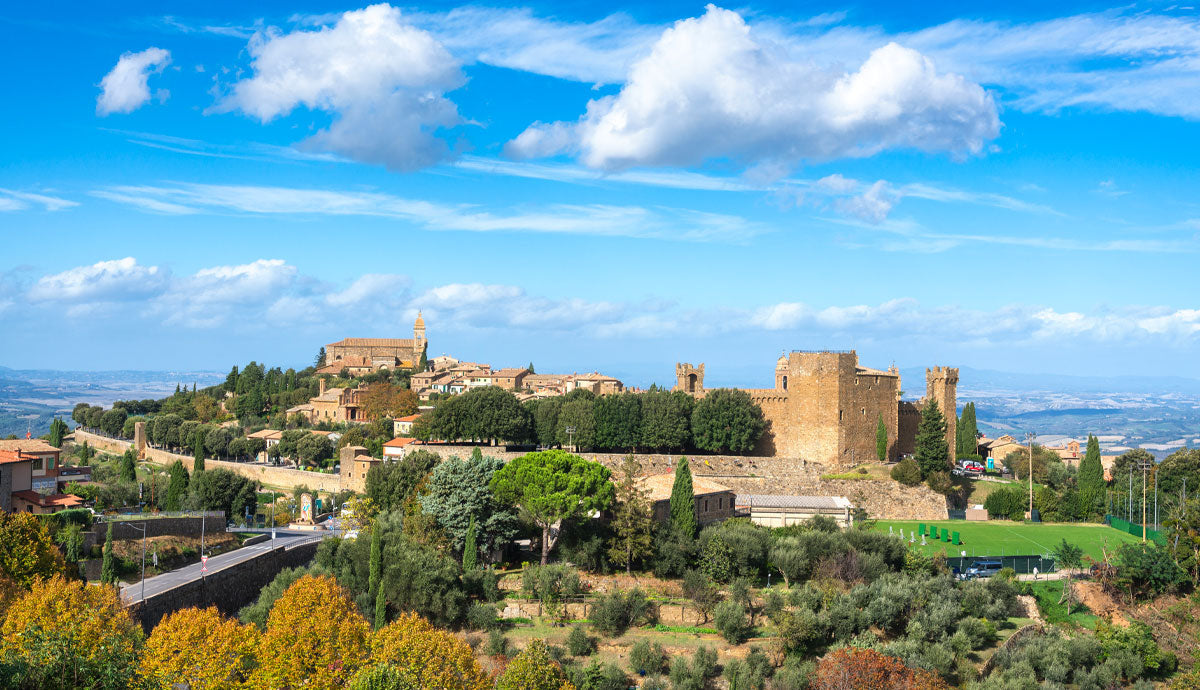
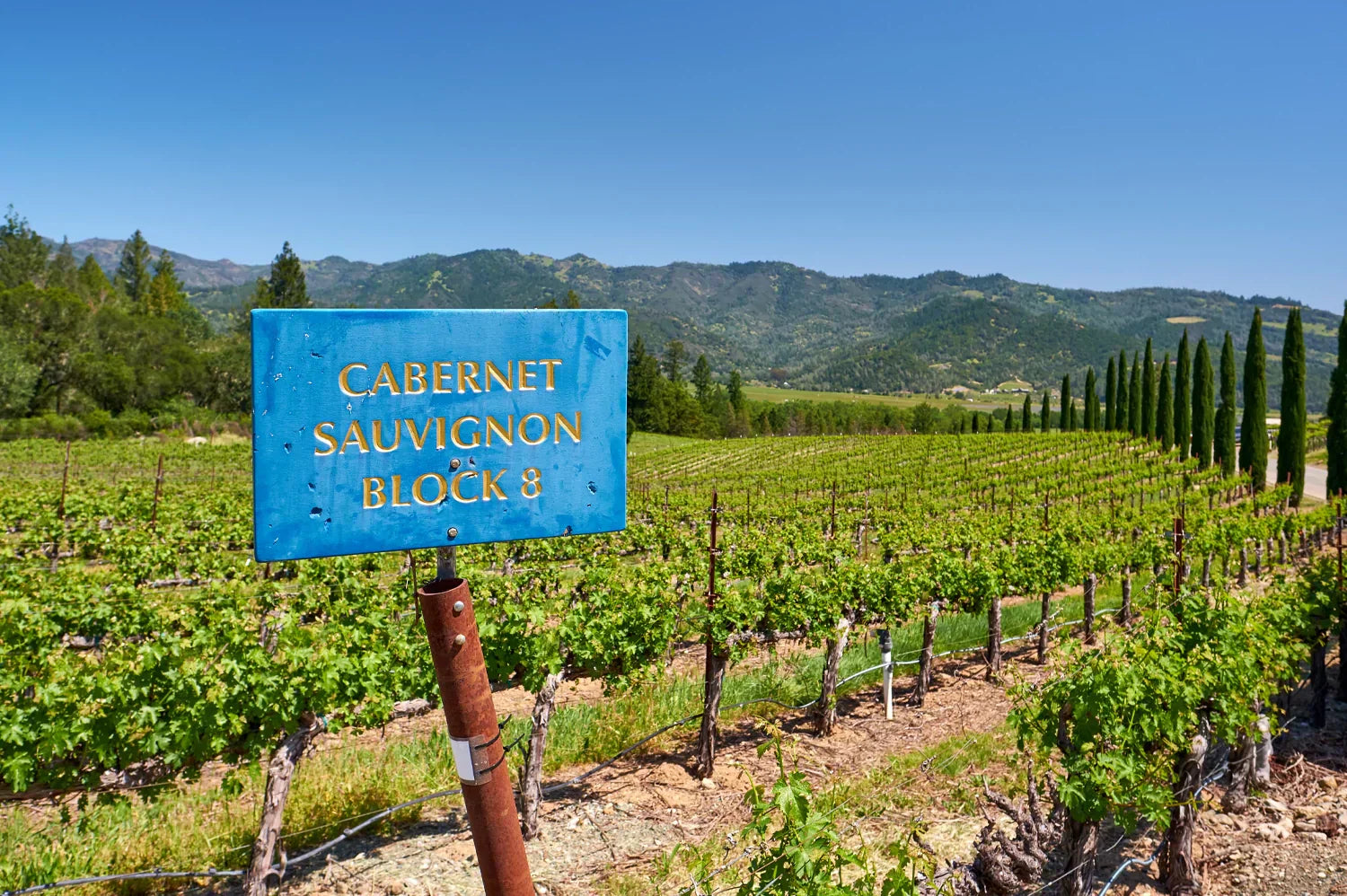
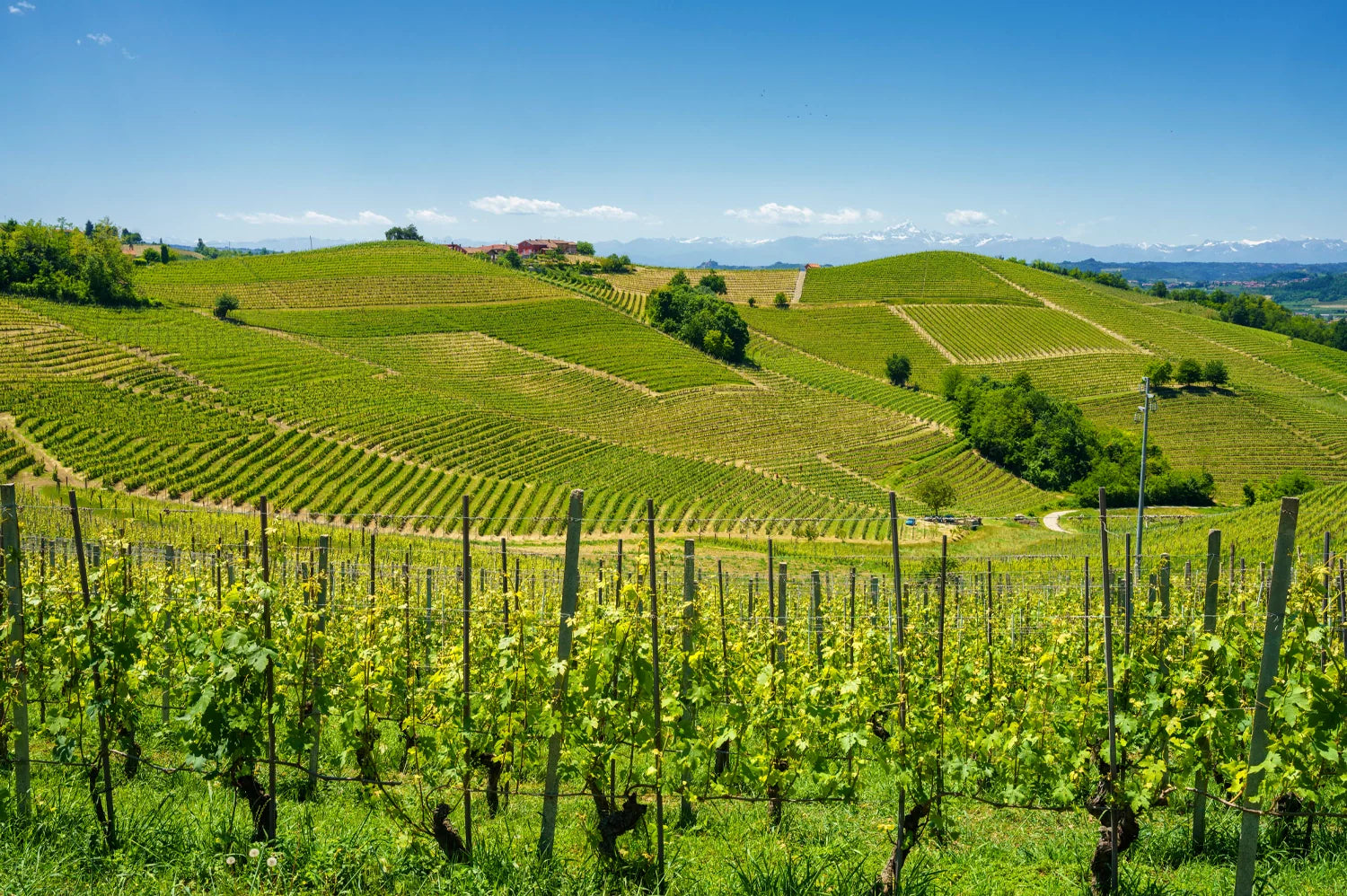
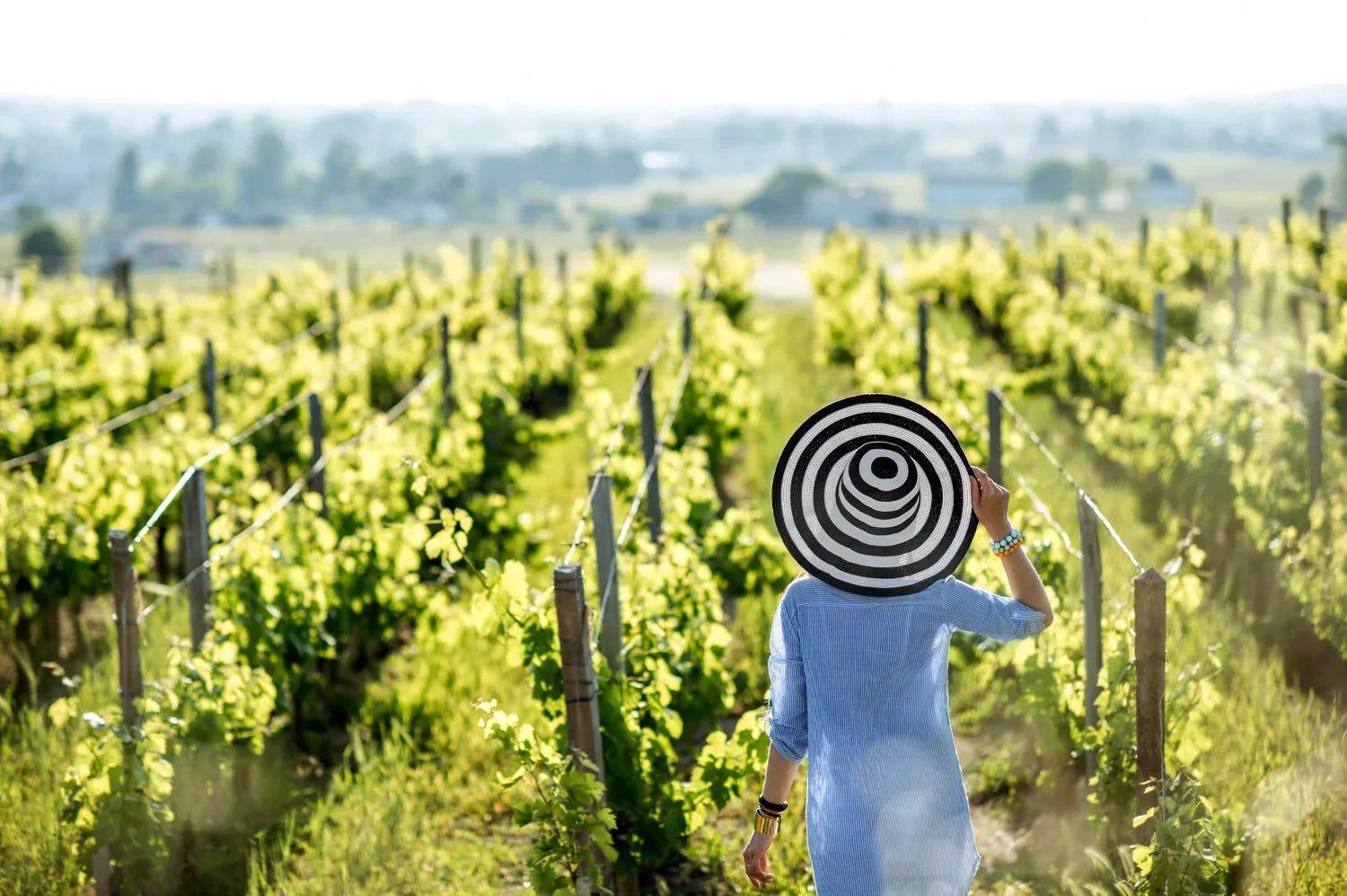
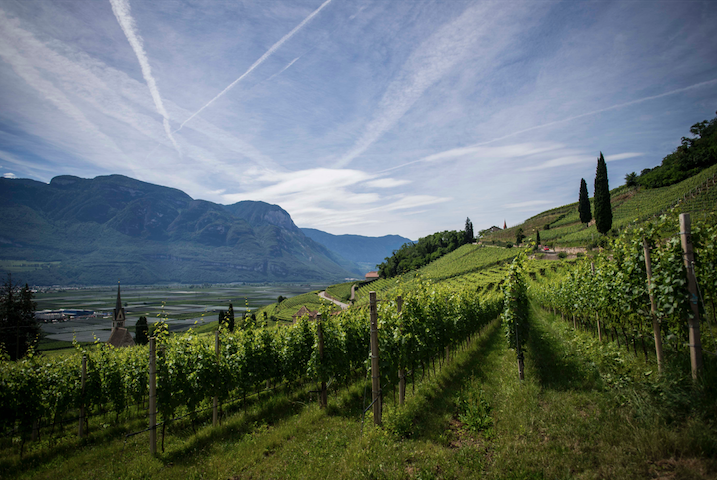
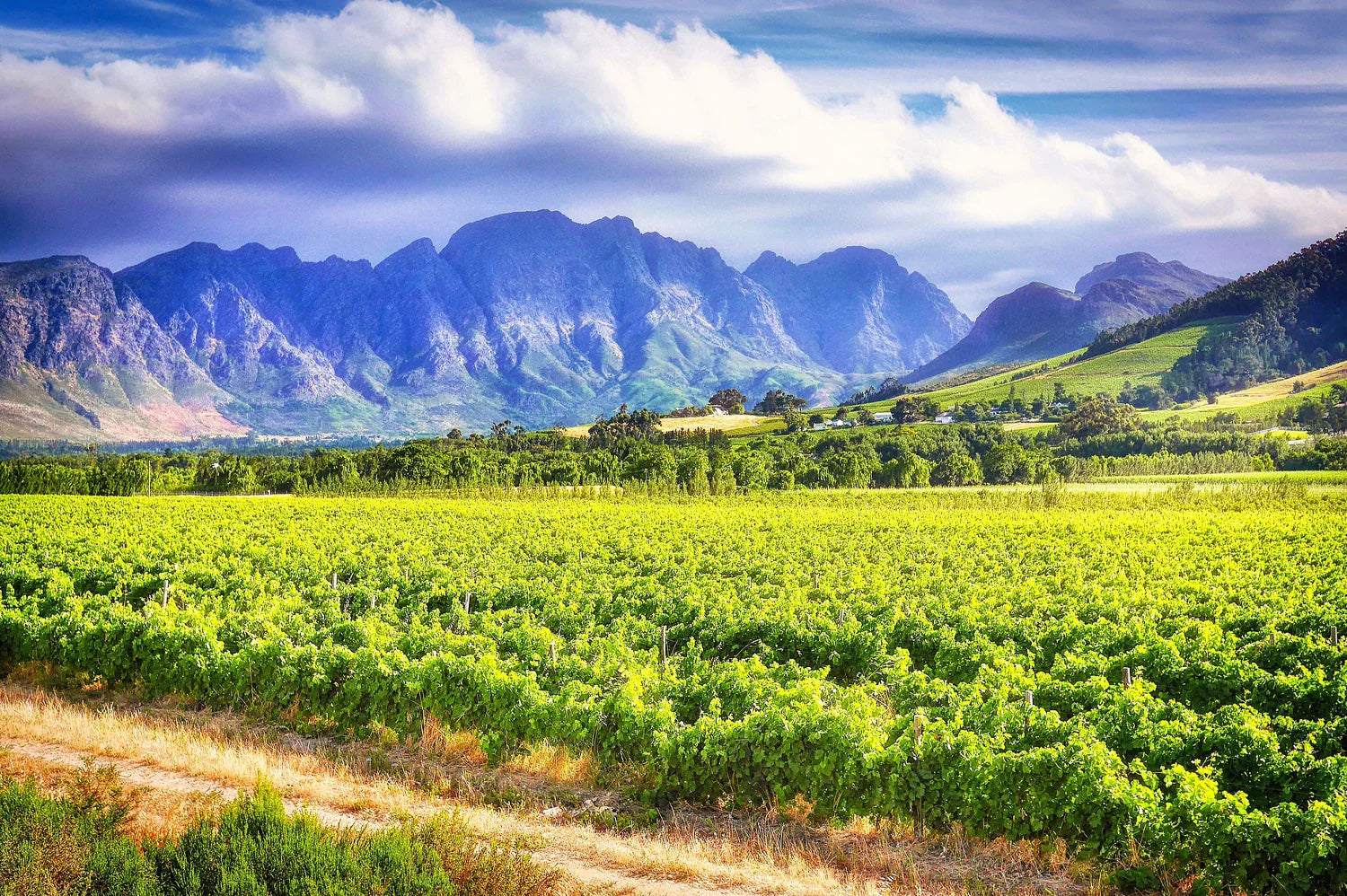
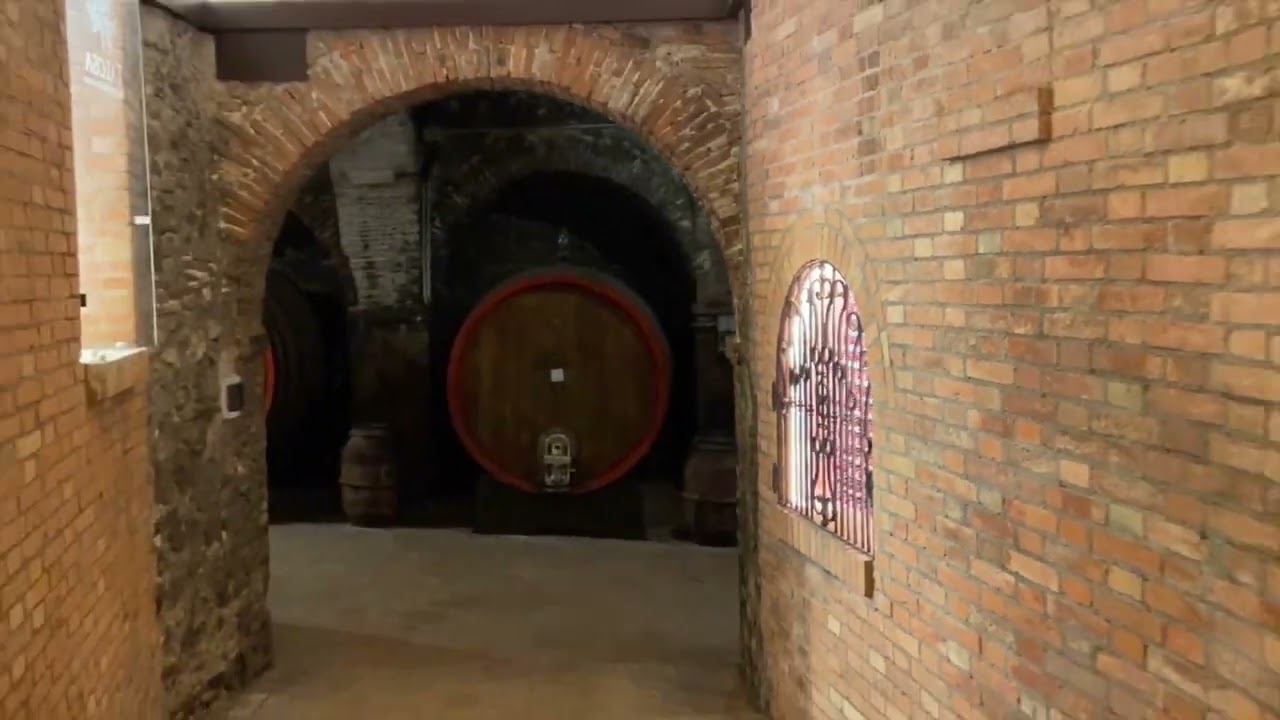
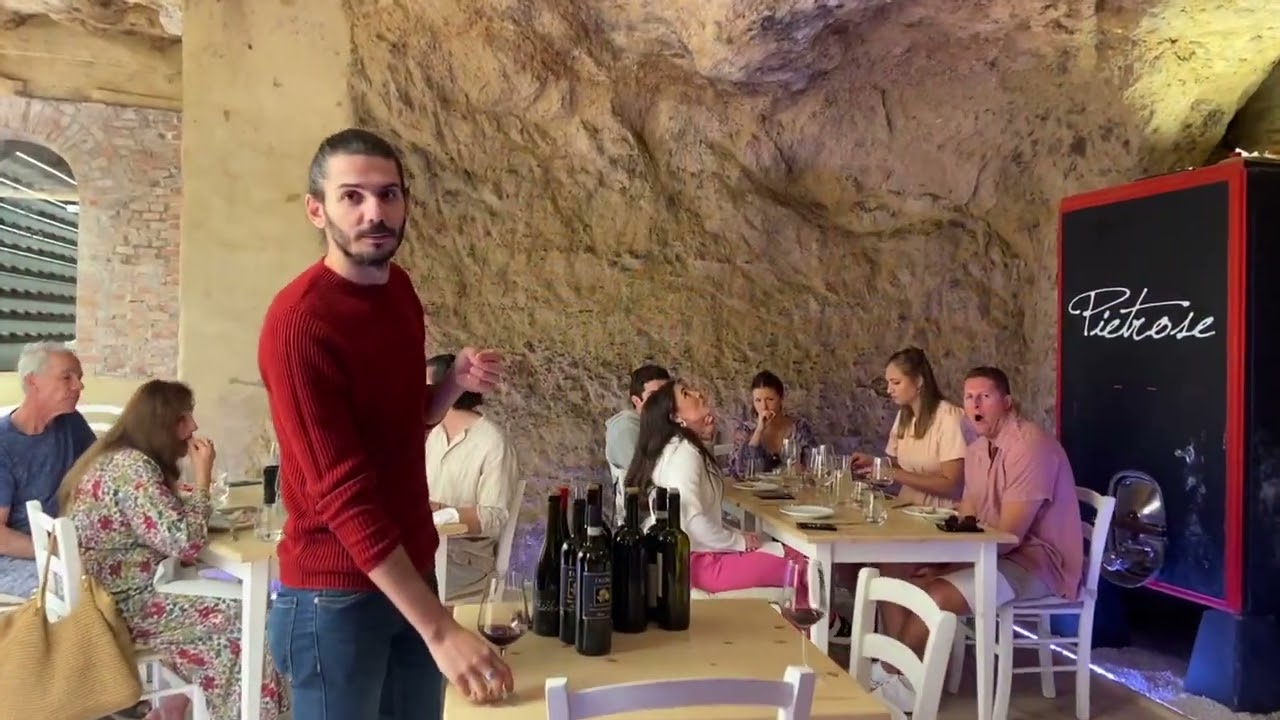
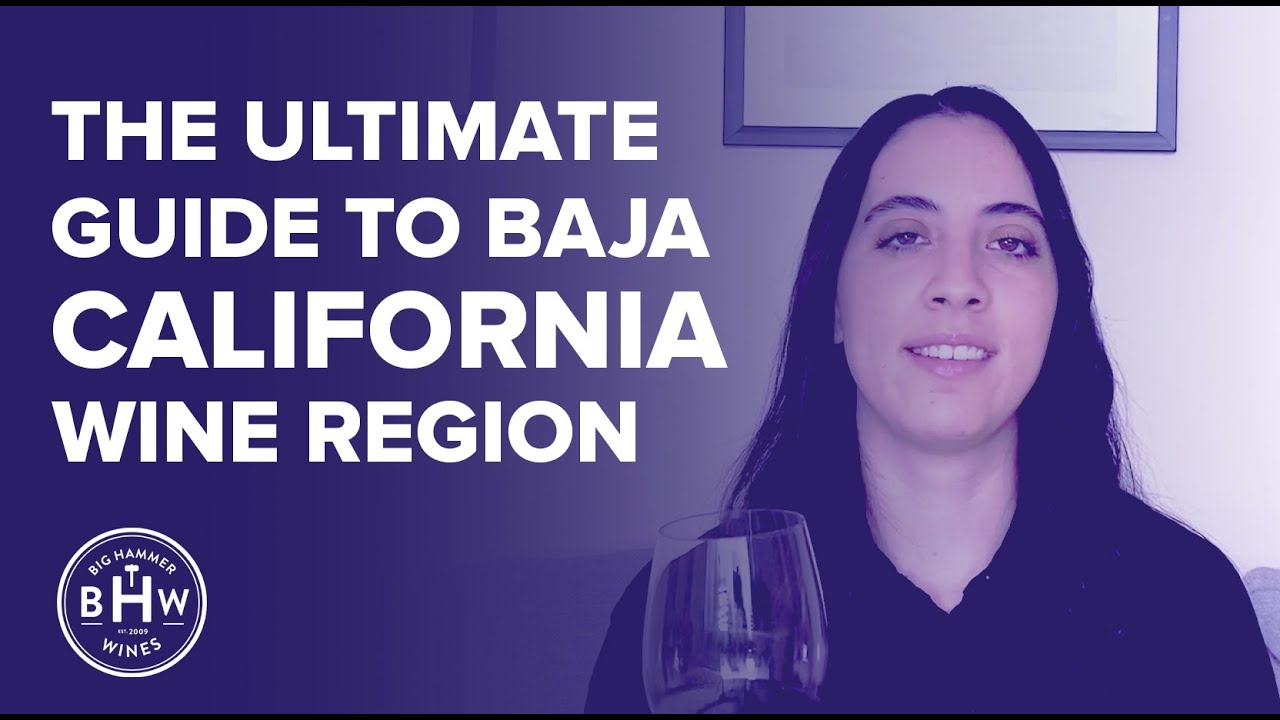
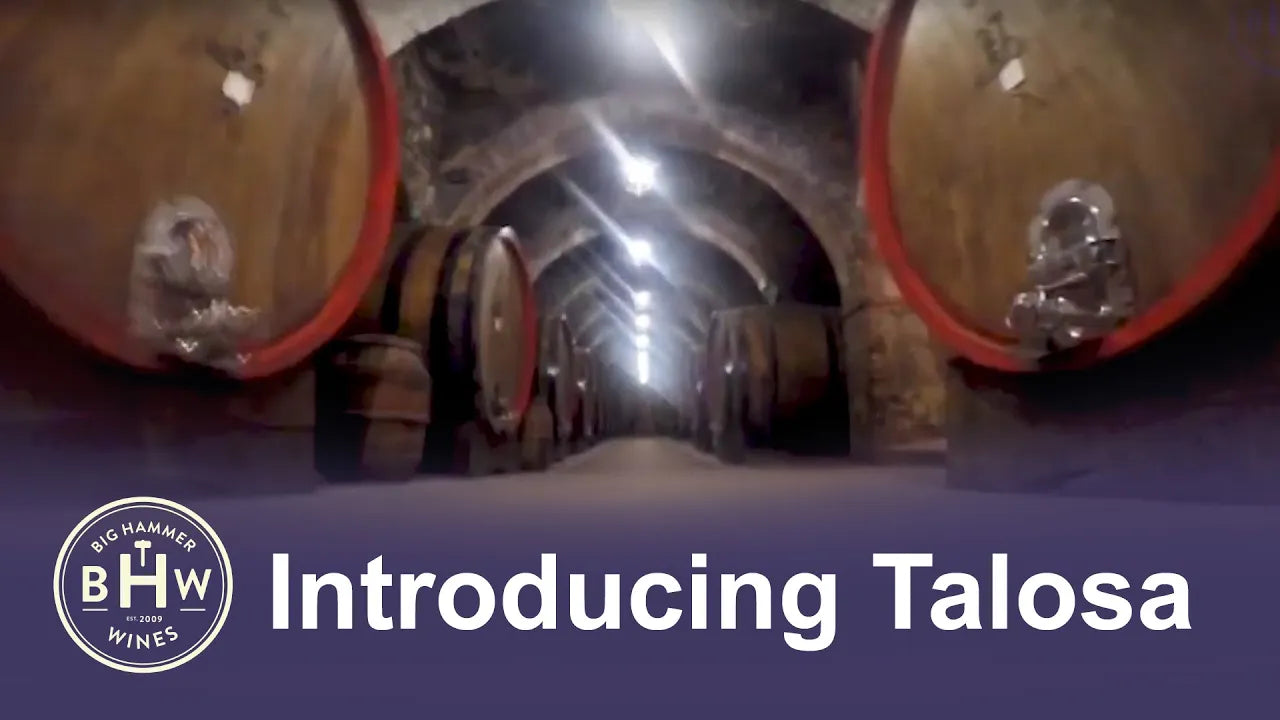


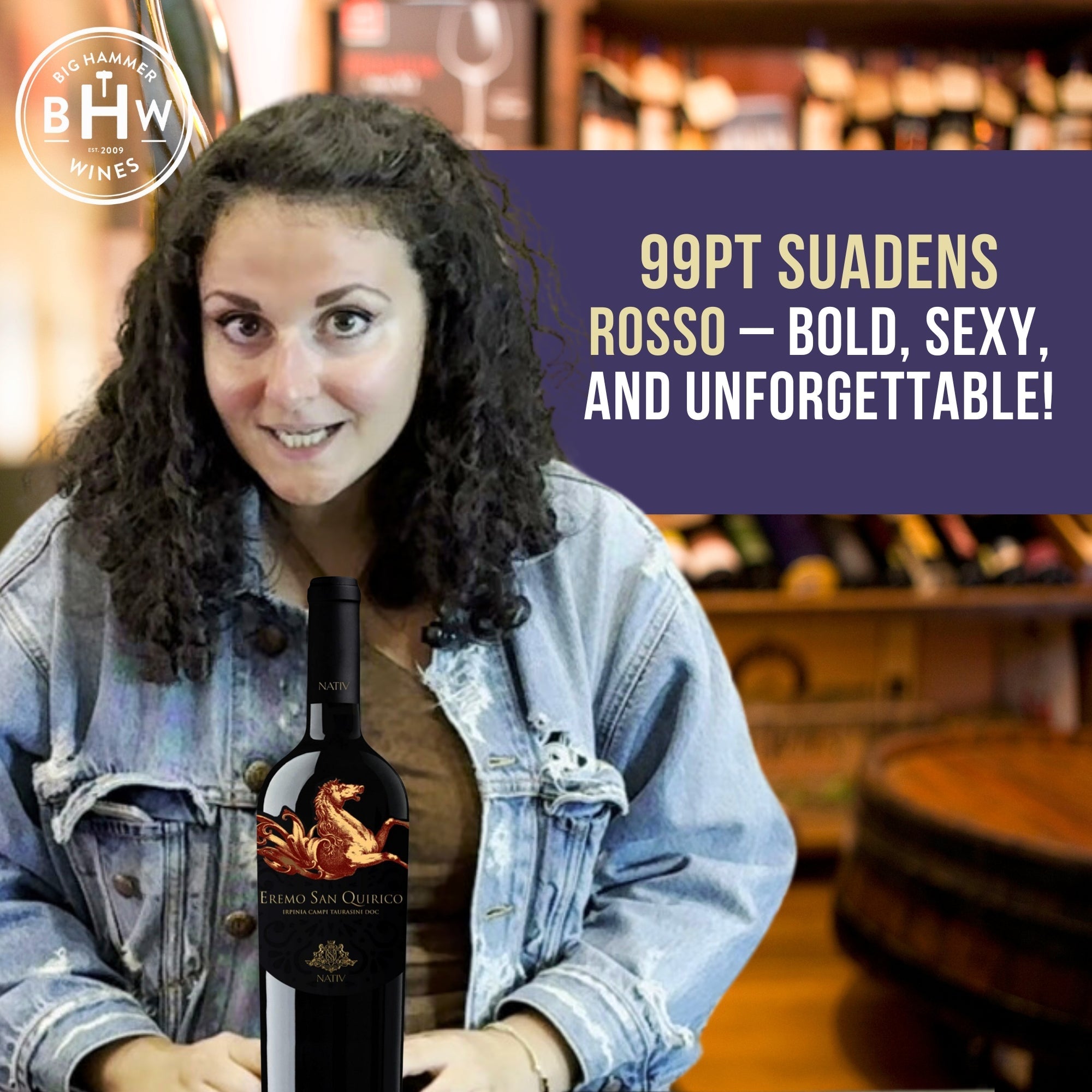
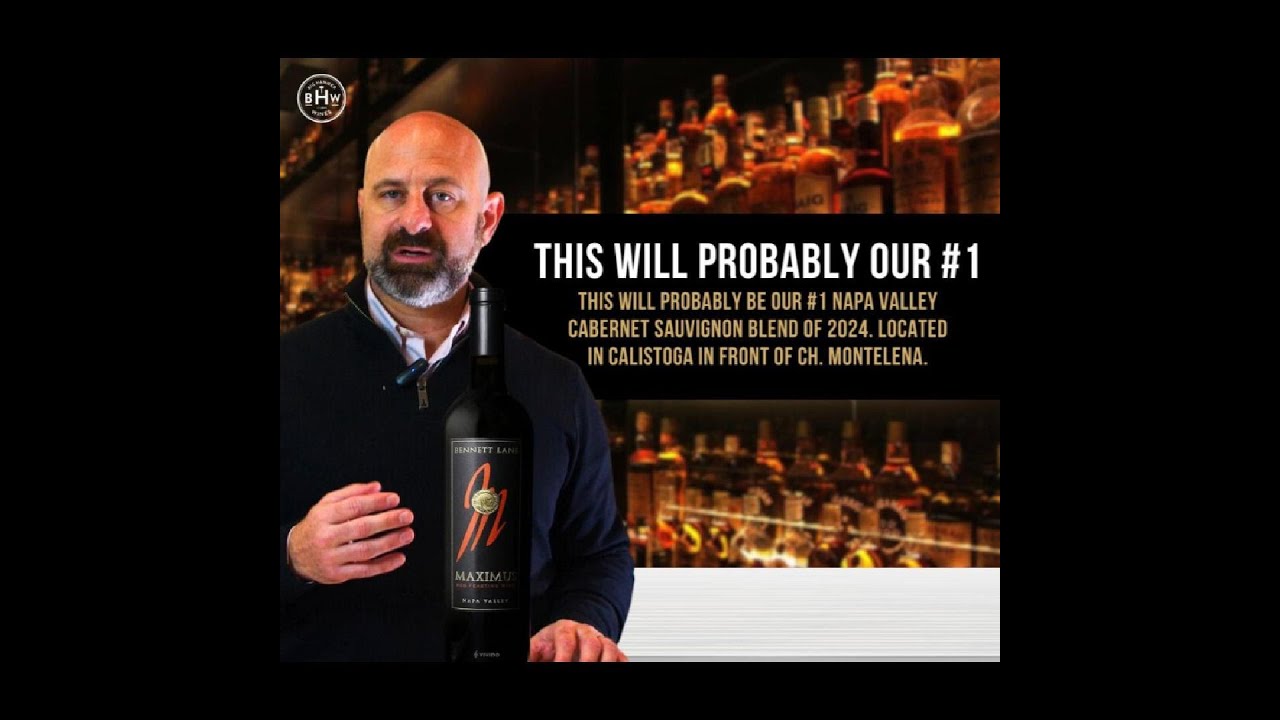

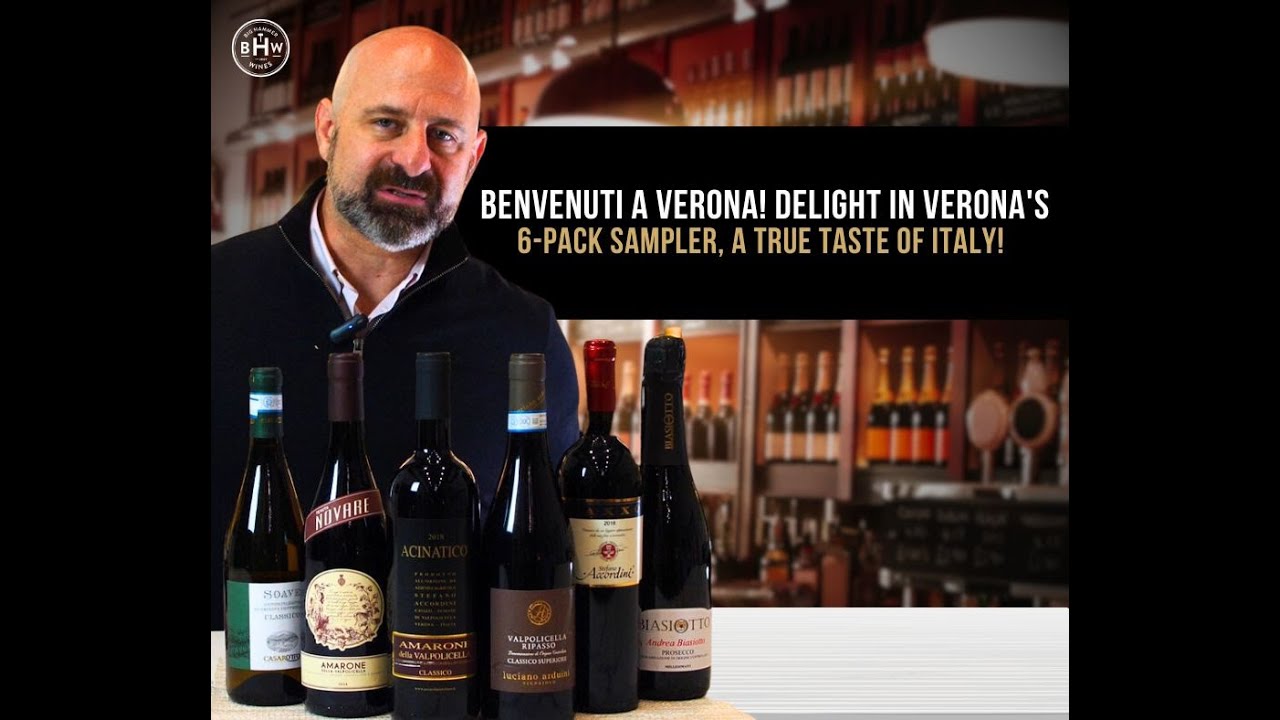
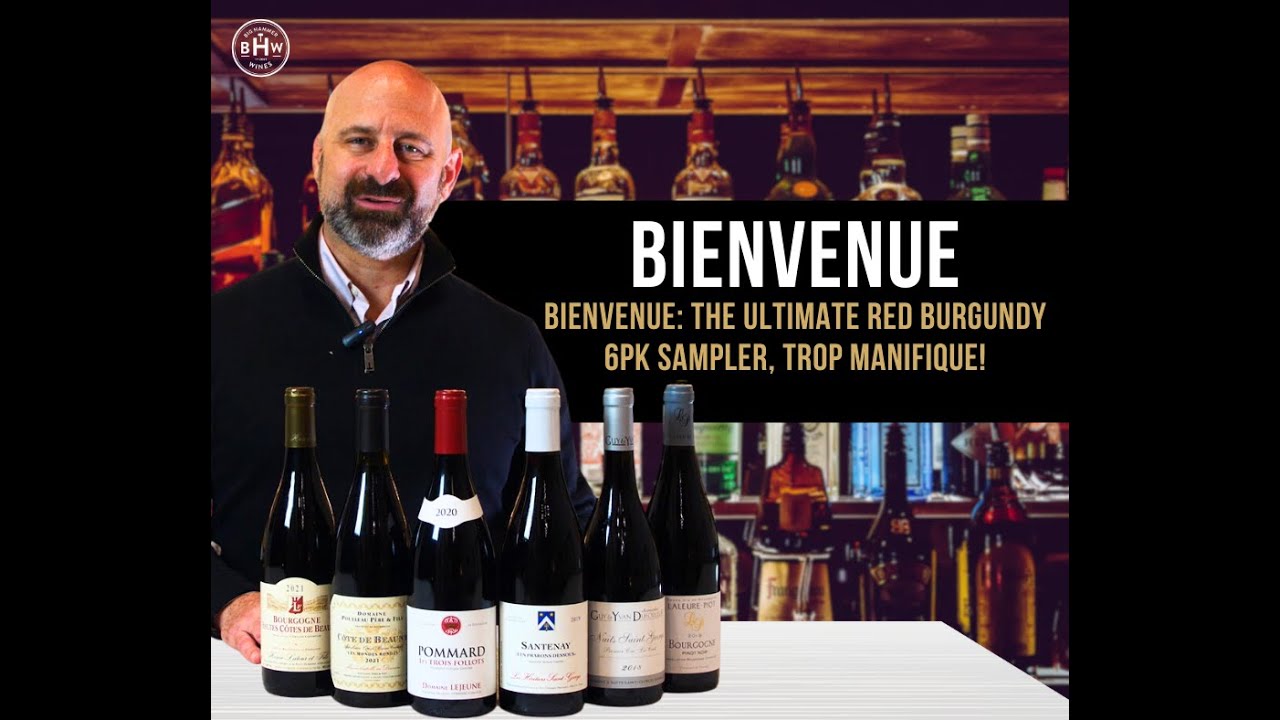
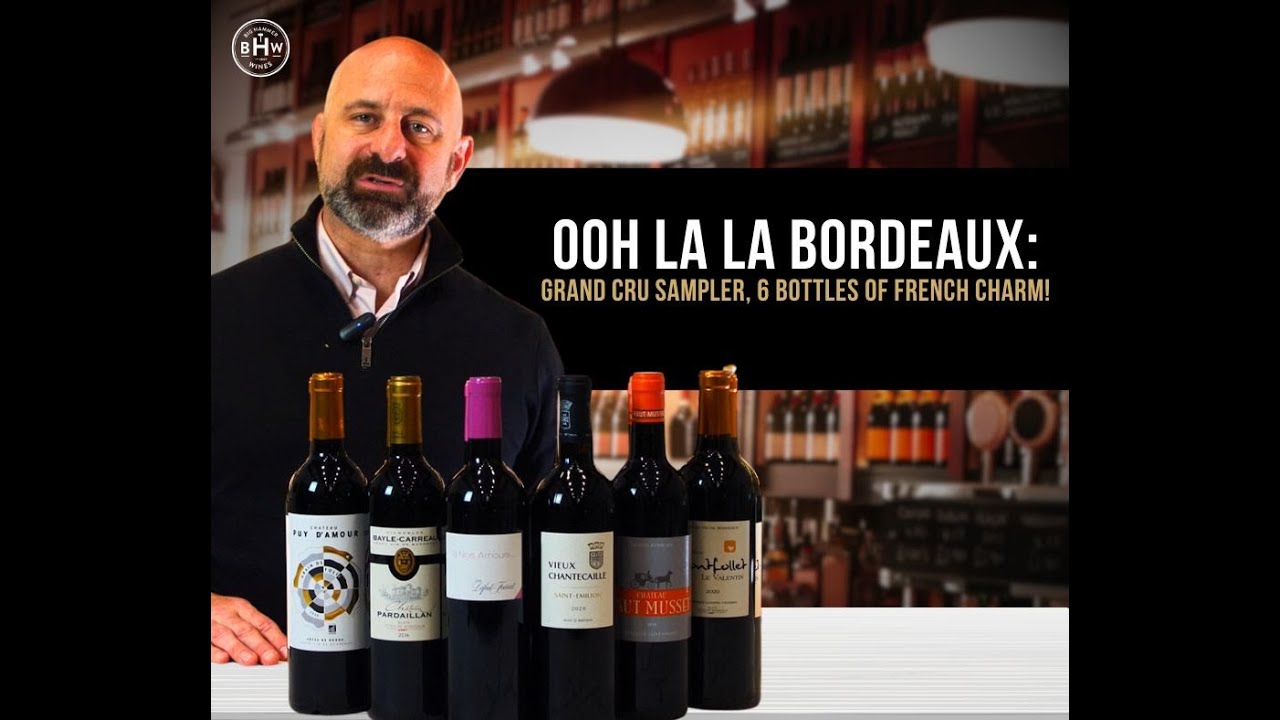
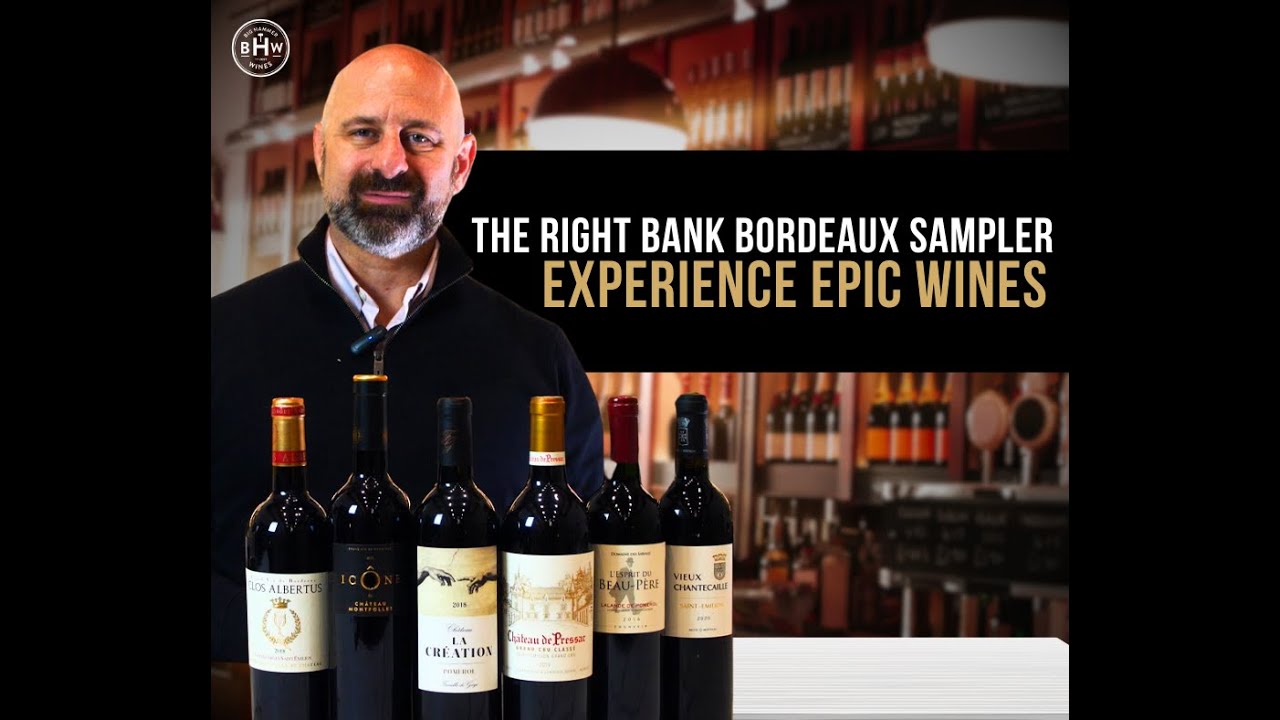
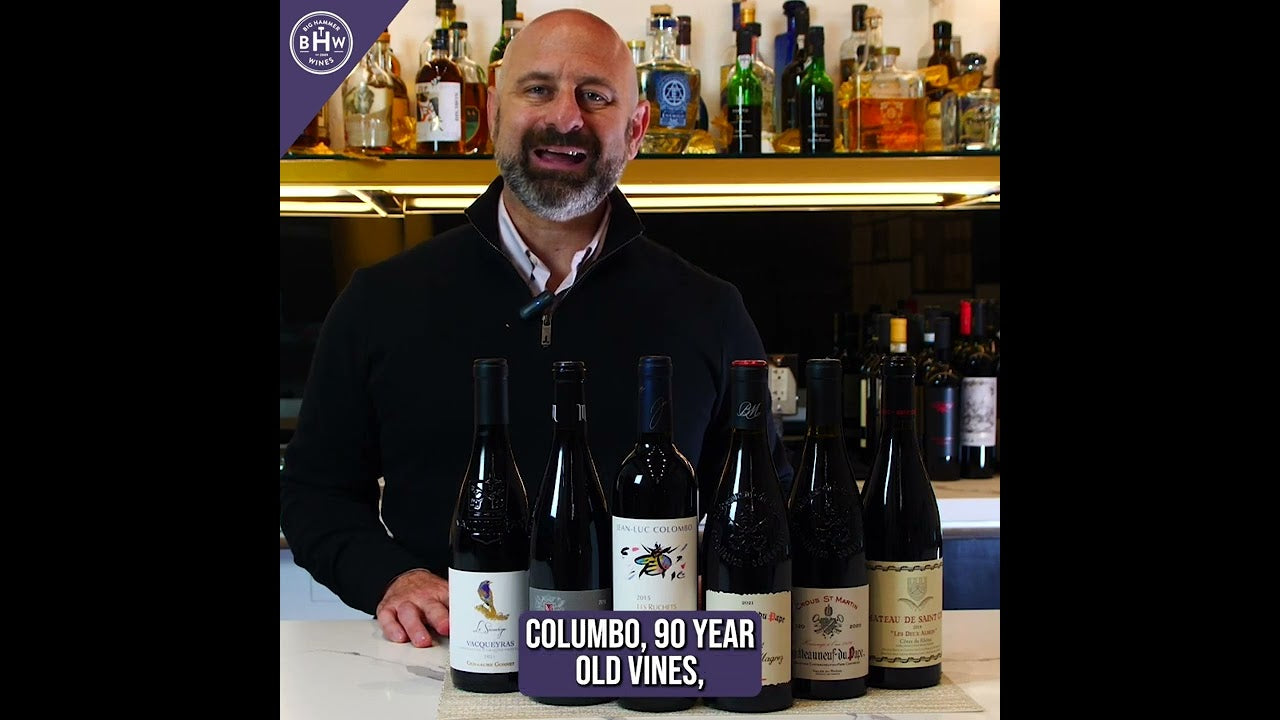
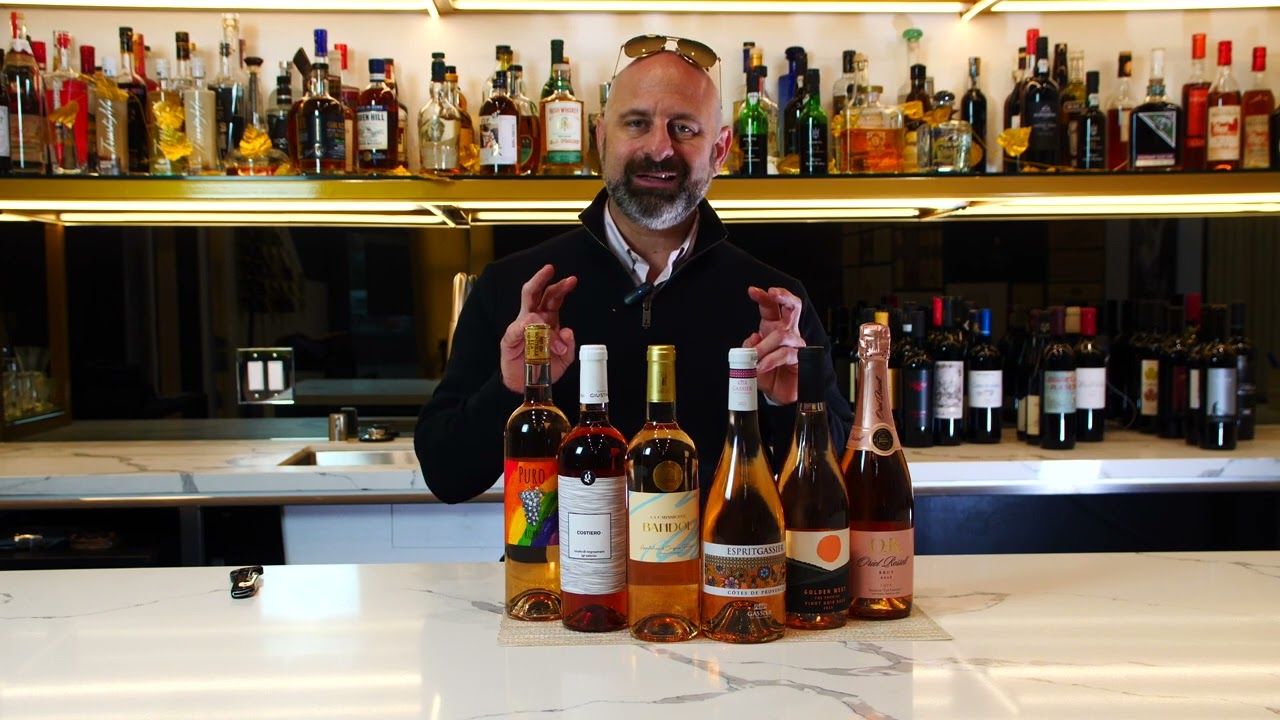
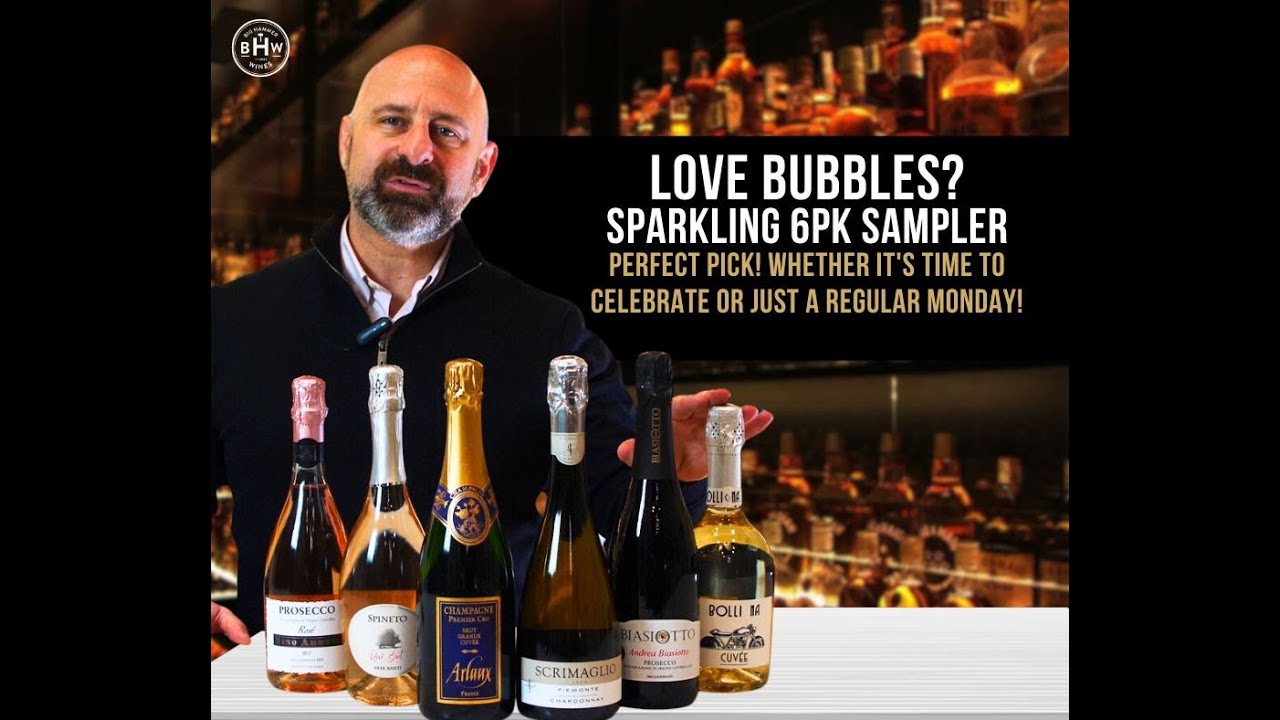
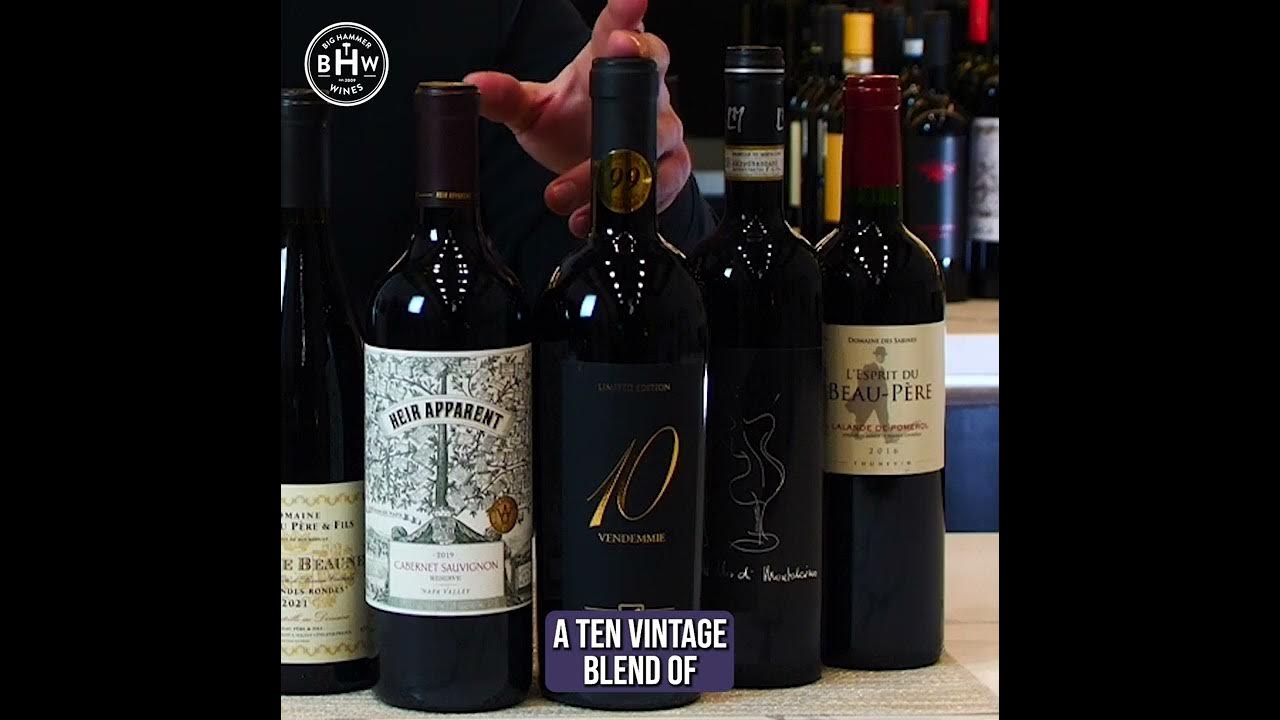
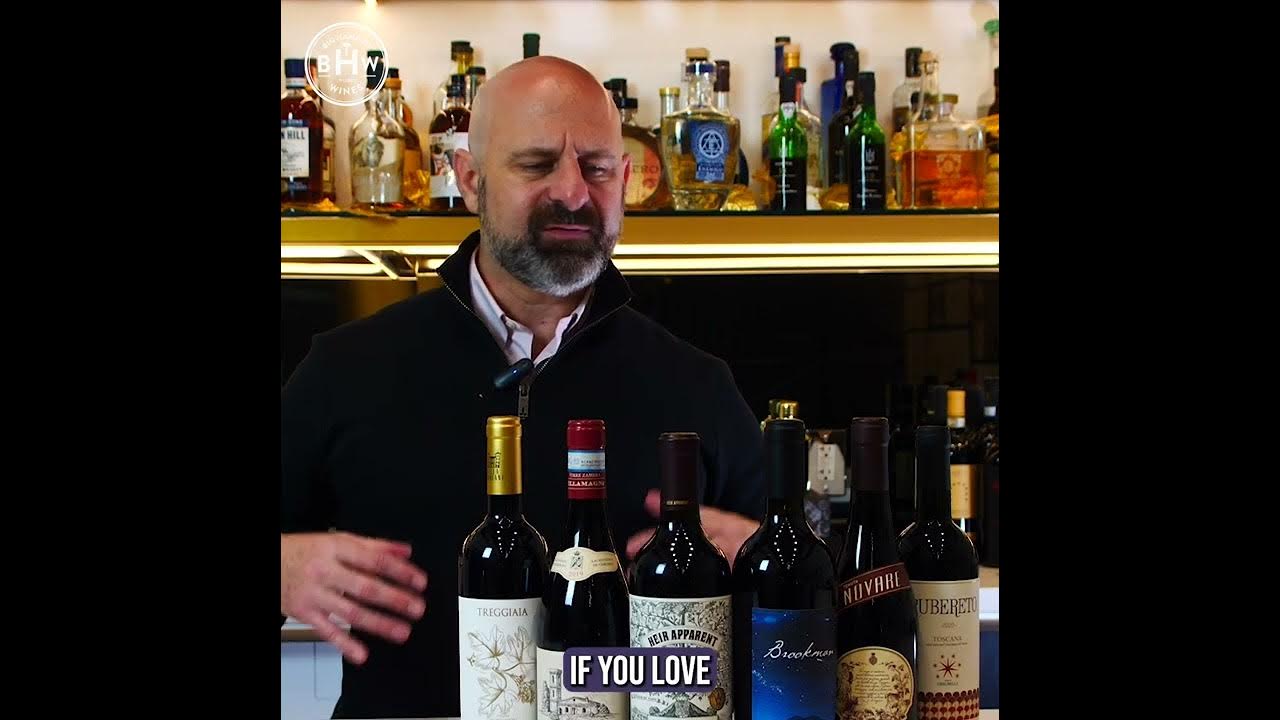
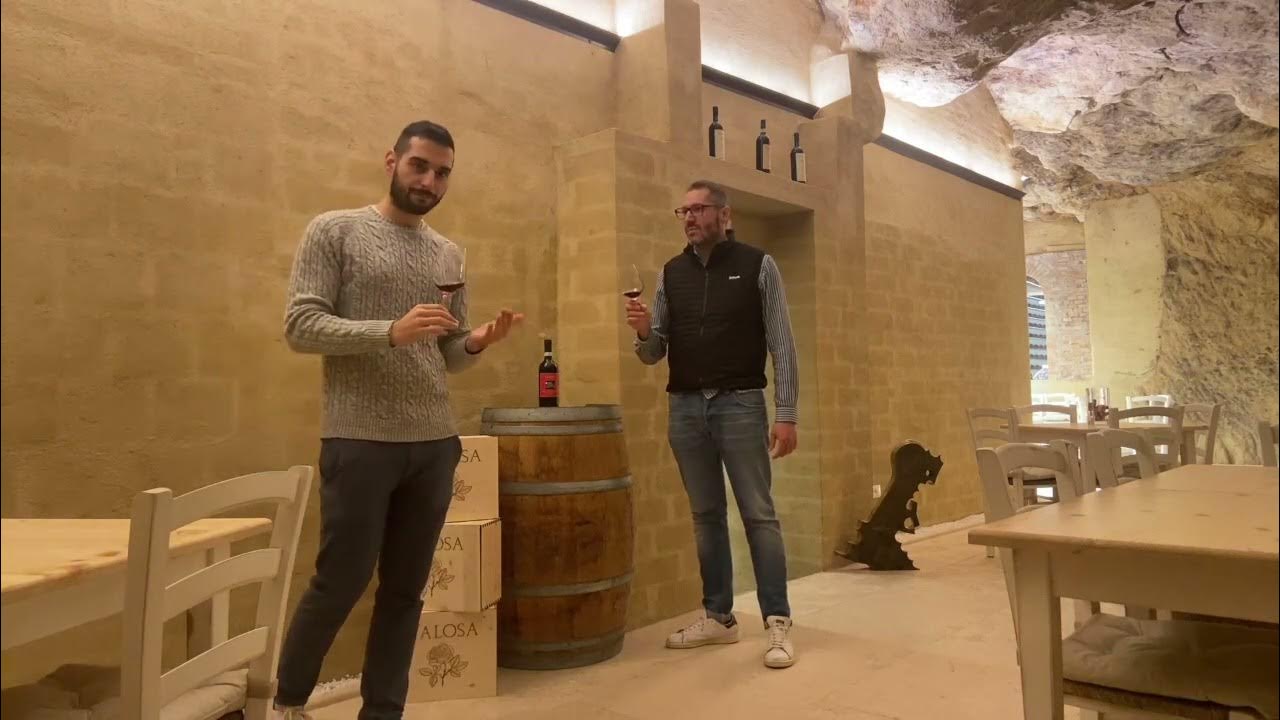
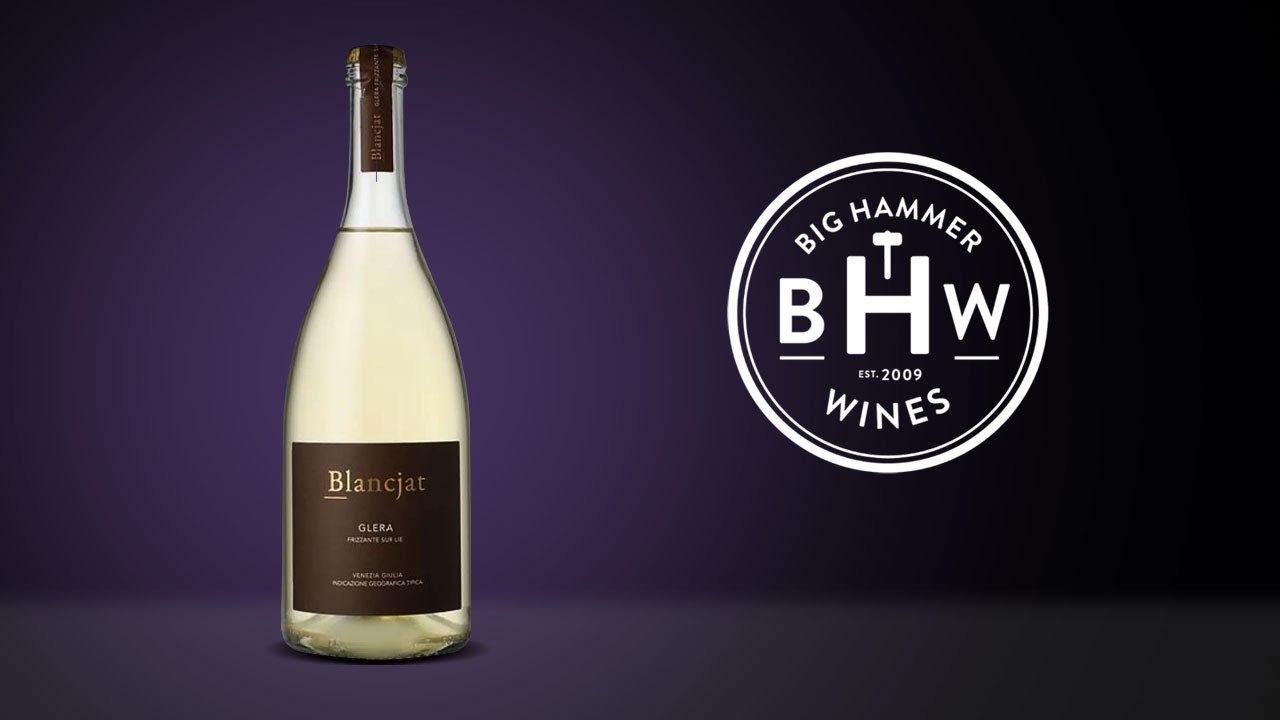
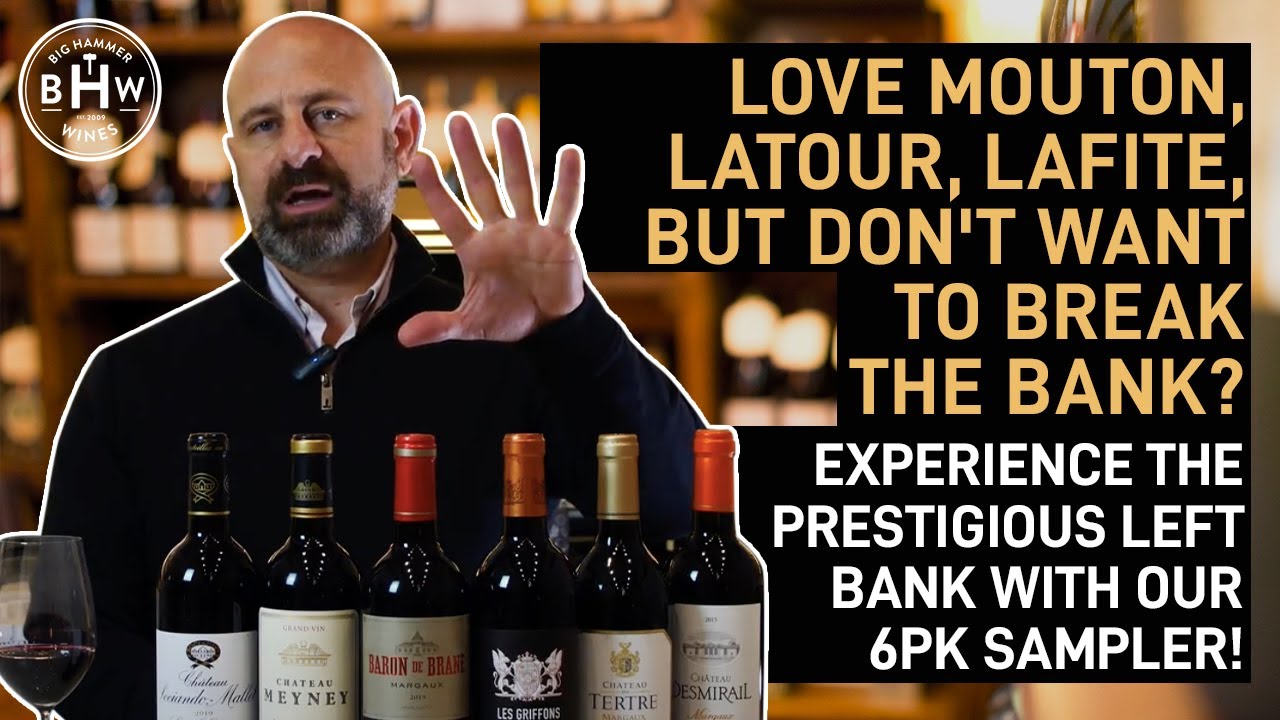
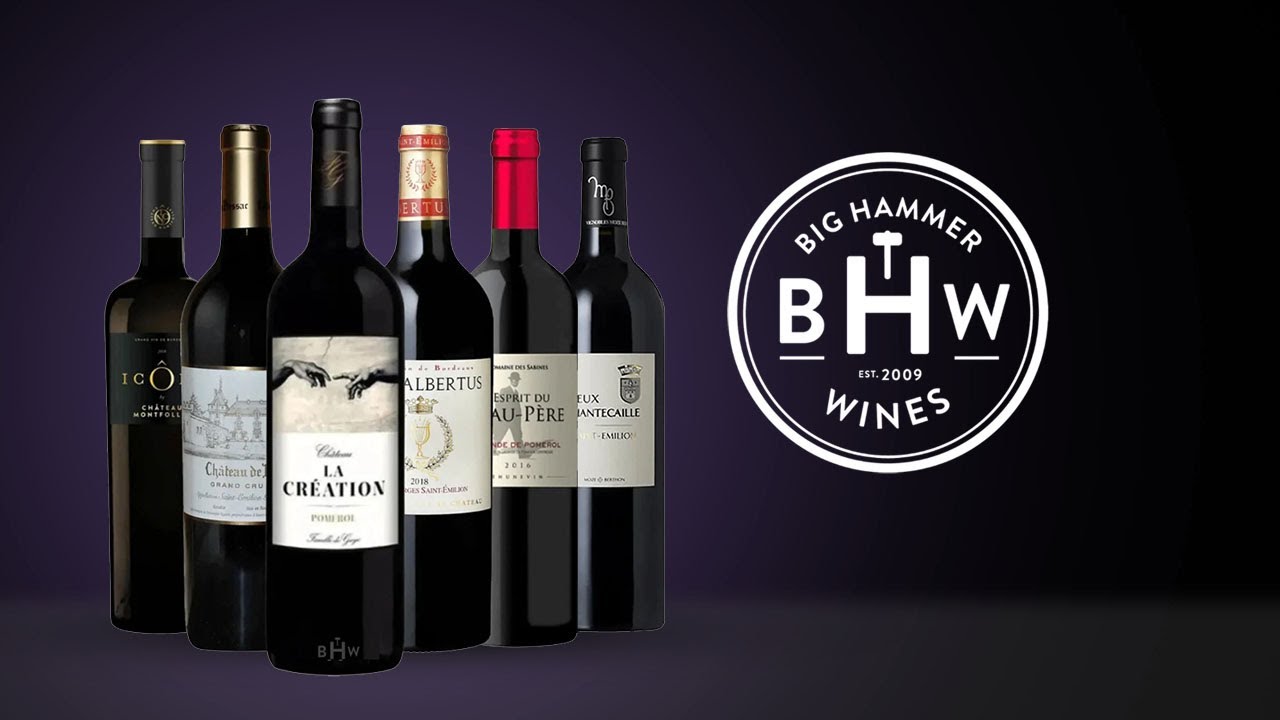
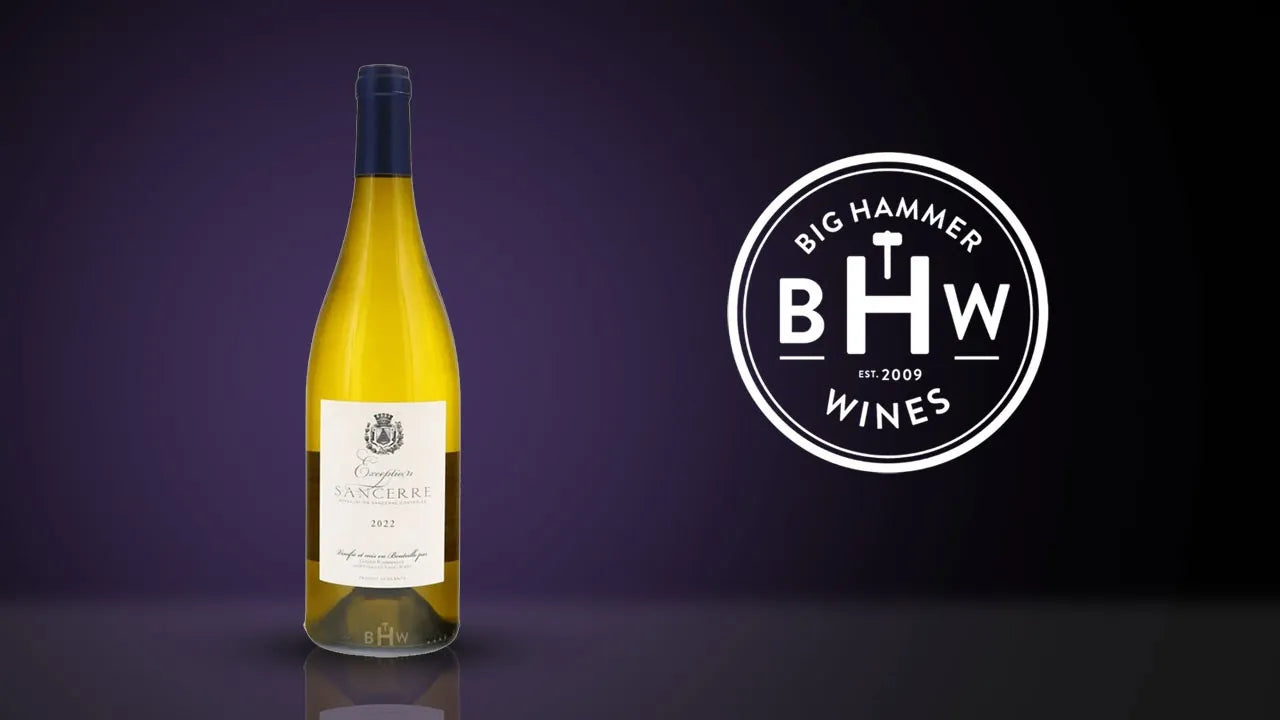
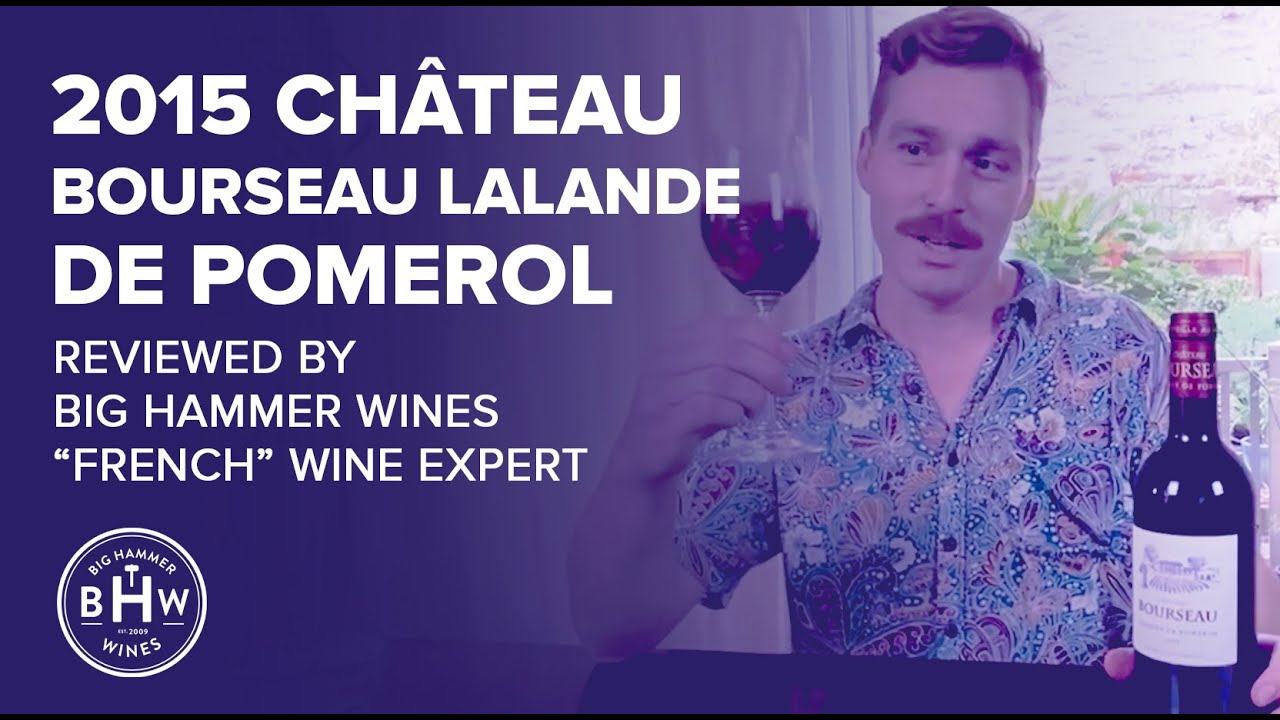
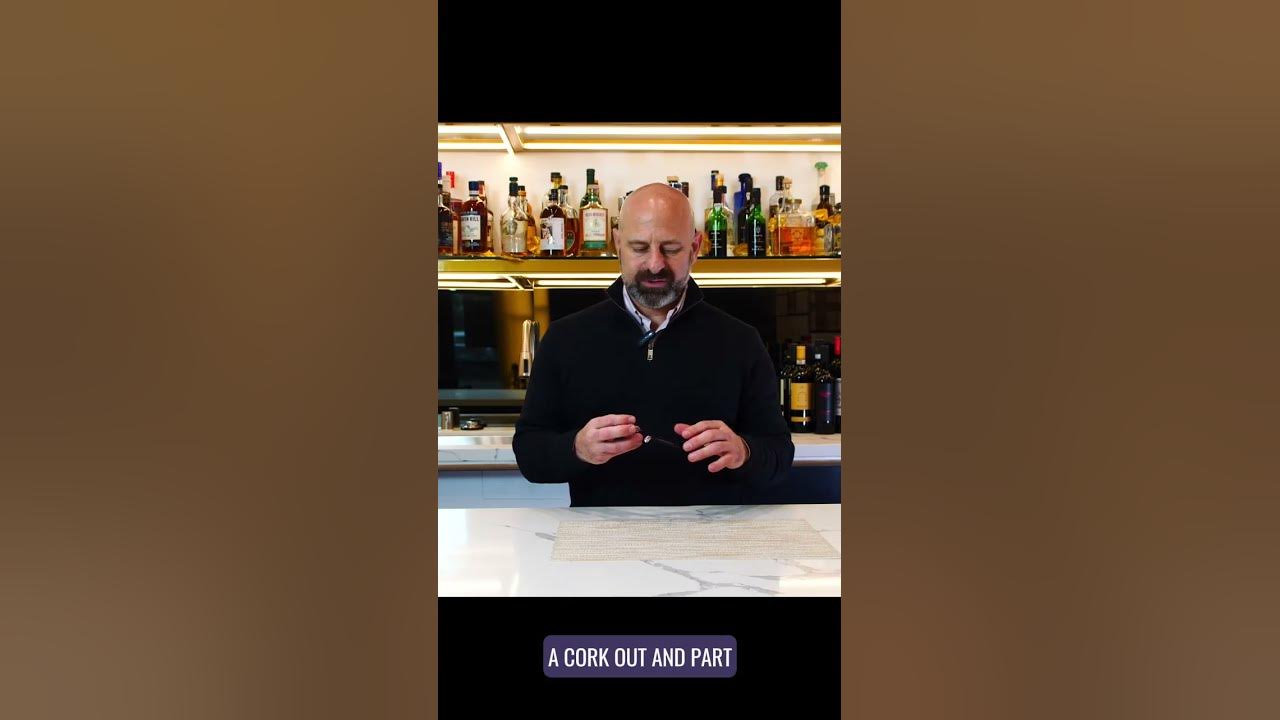
Share:
Napa Valley Cabernet Sauvignon: Oakville vs. Rutherford
Italian Wine Ambassador’s Insider Notes on the 2019 Brunello di Montalcino Vintage
Comments Section
1 comment
Where do the blending grapes come from that smooth out the rough spots in BDX grapes? Is there a limit on how much made be added?
thanks for your article!